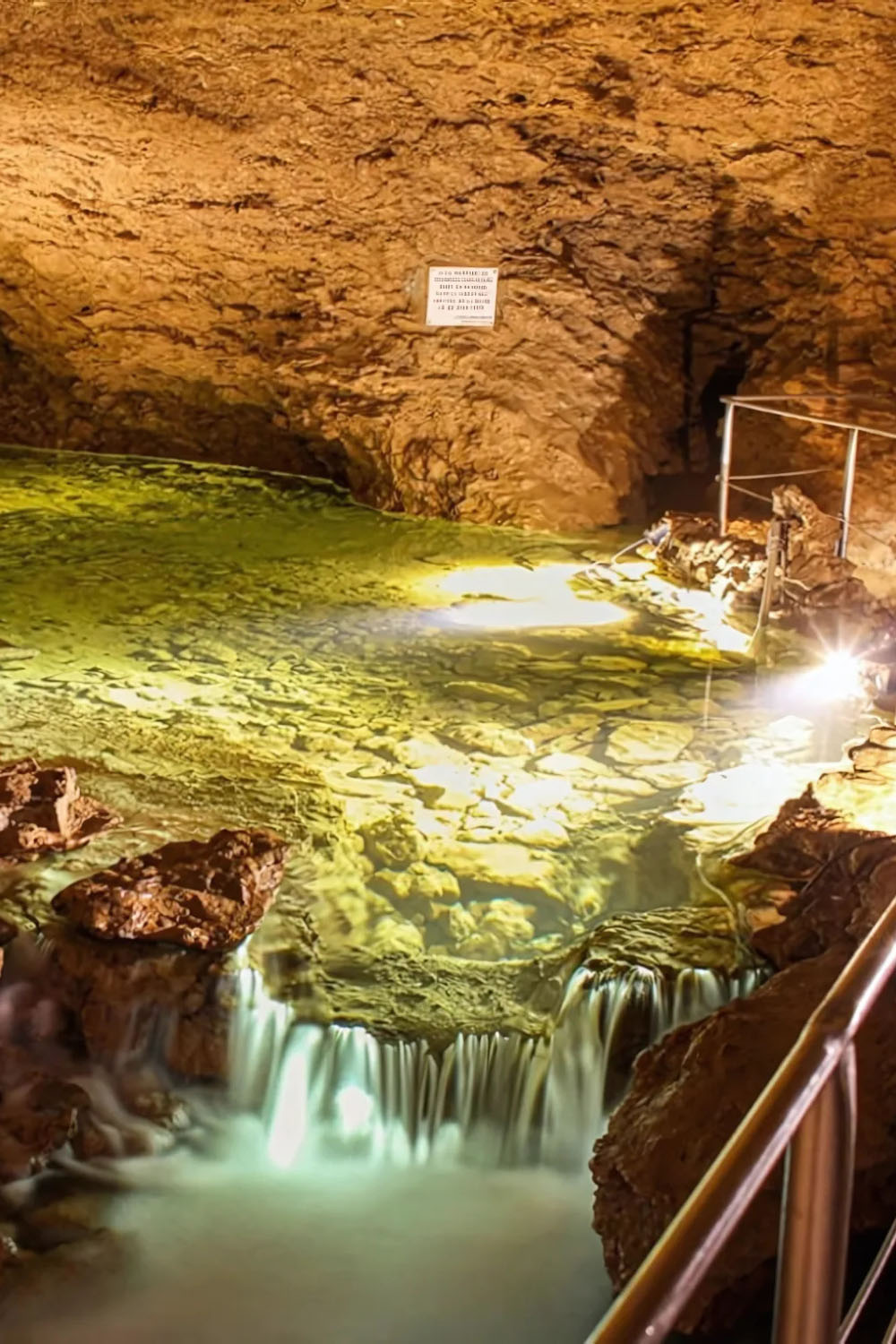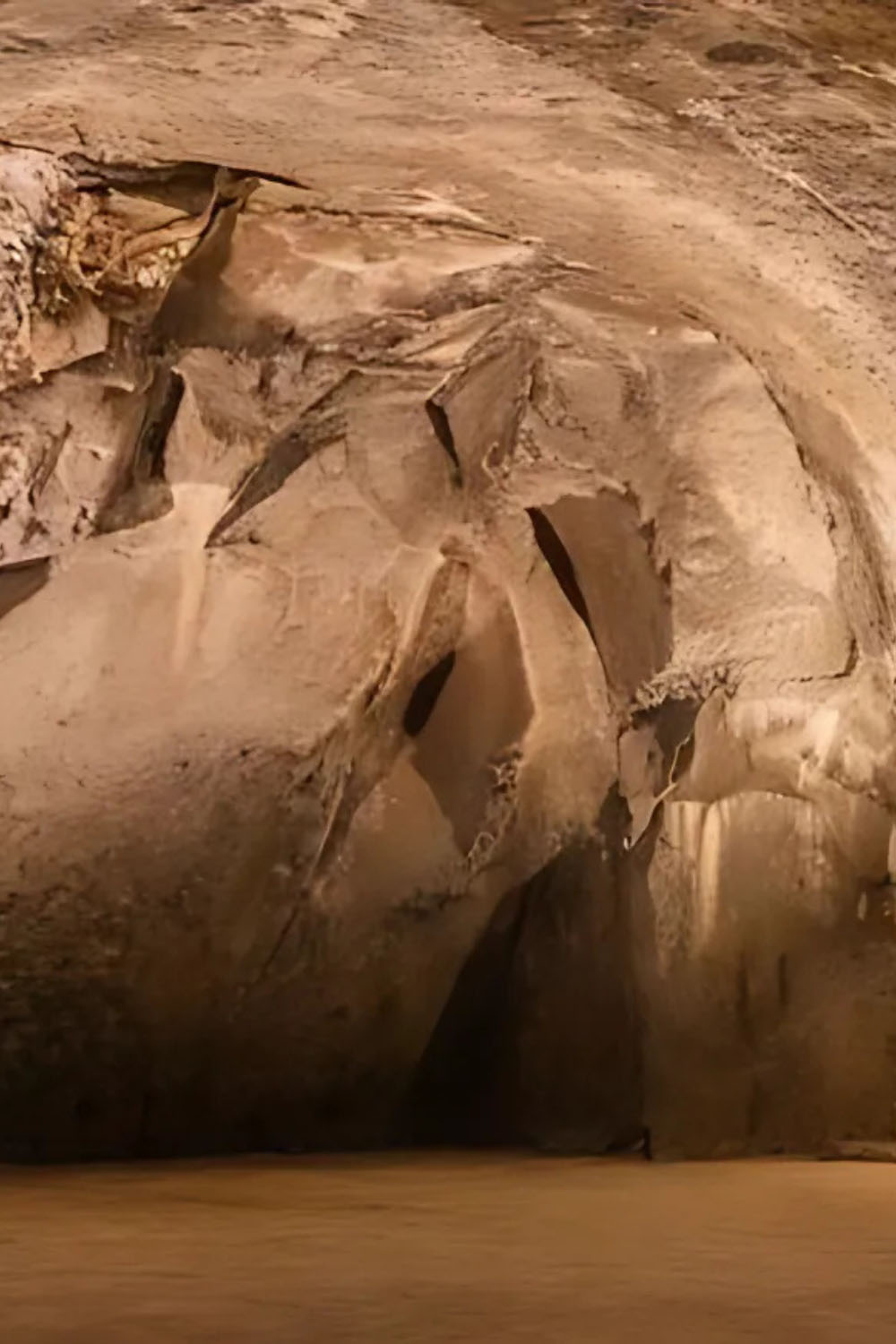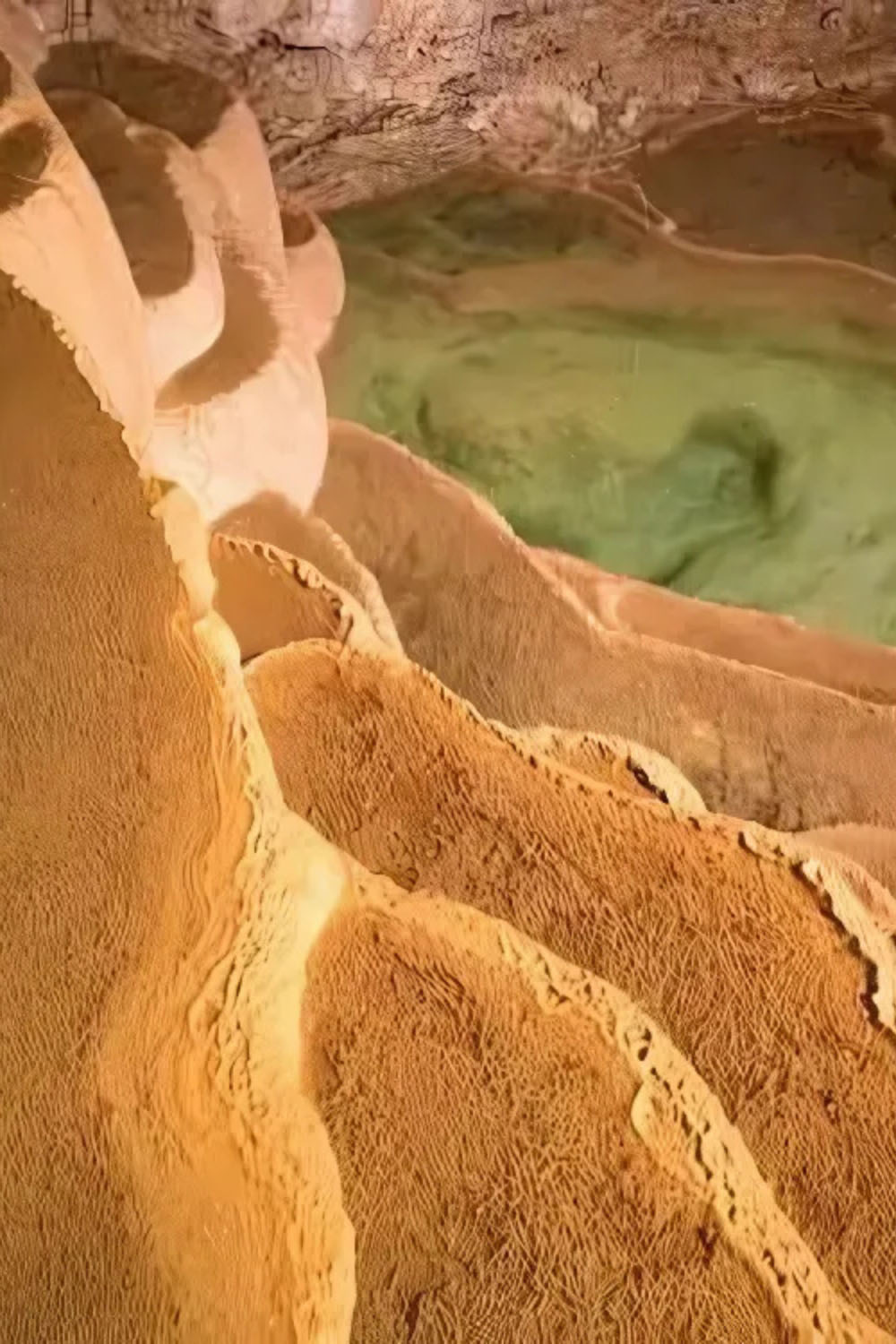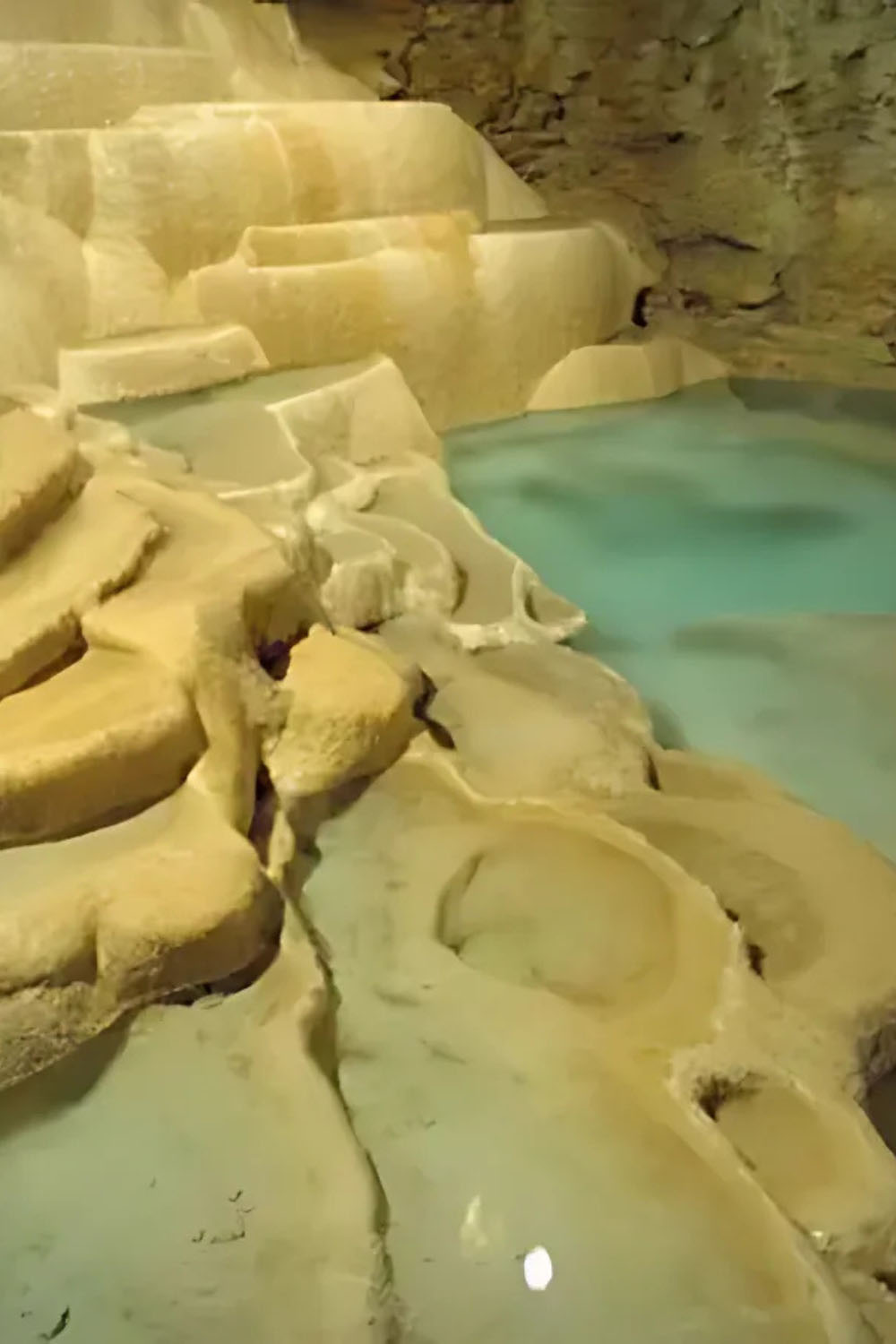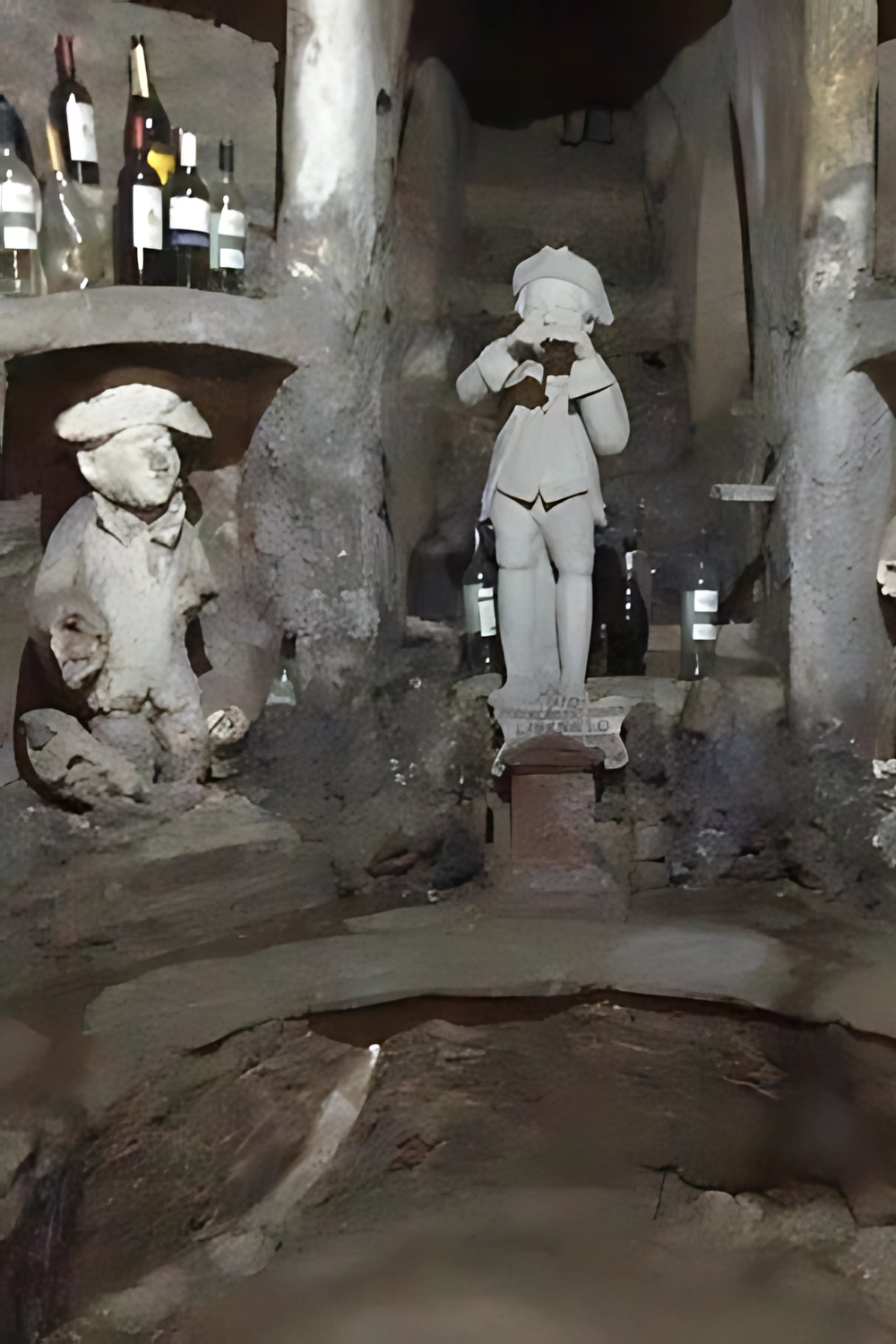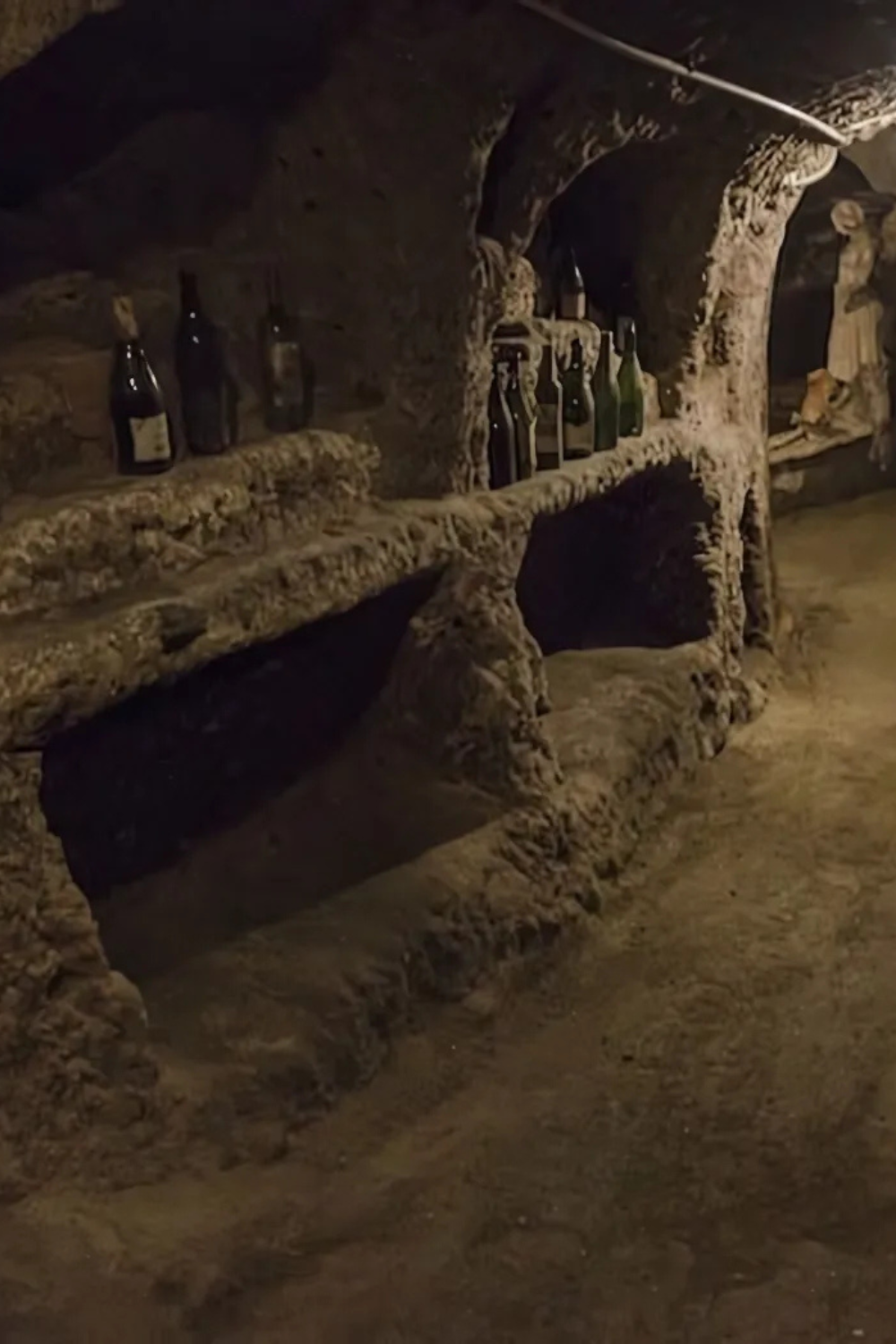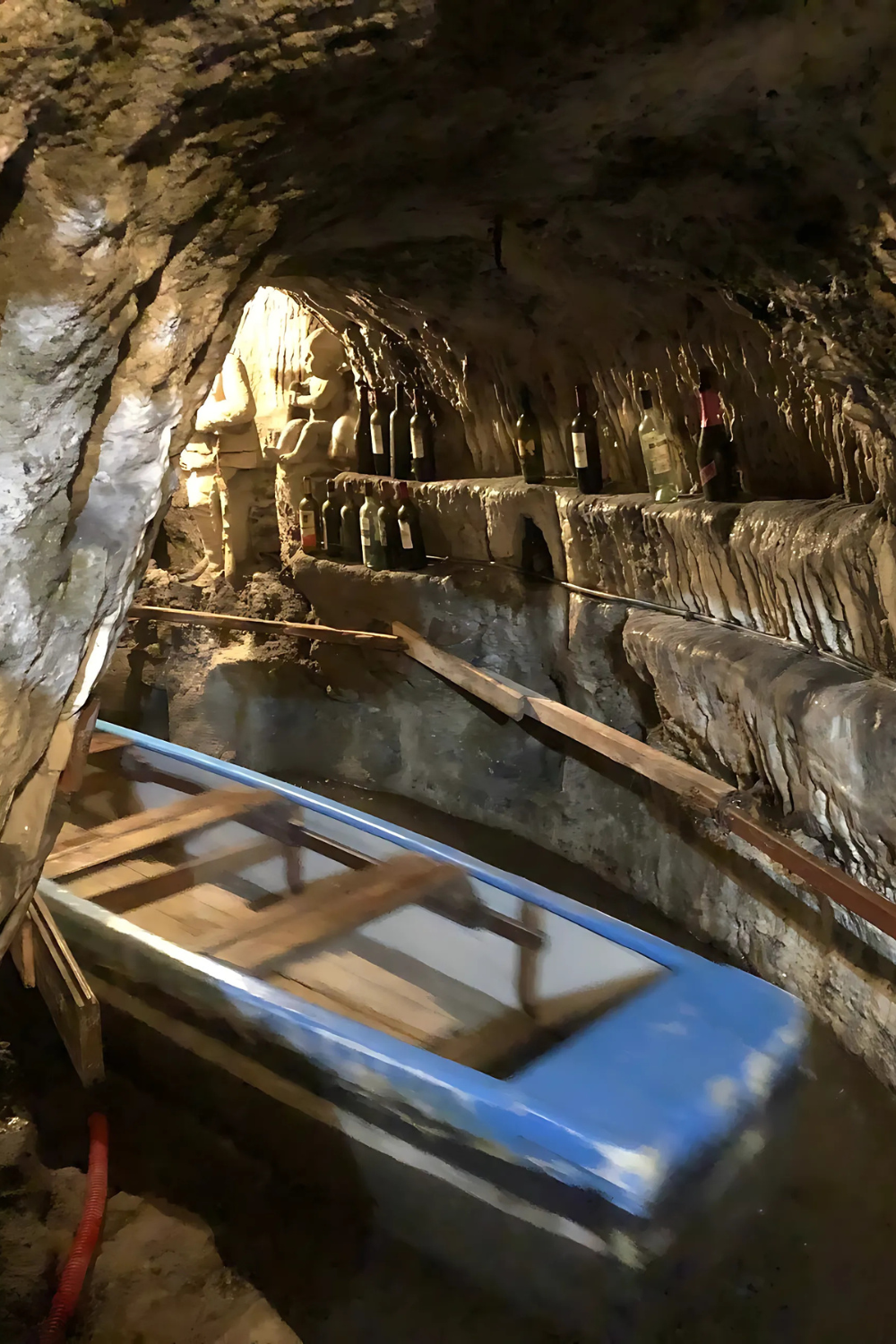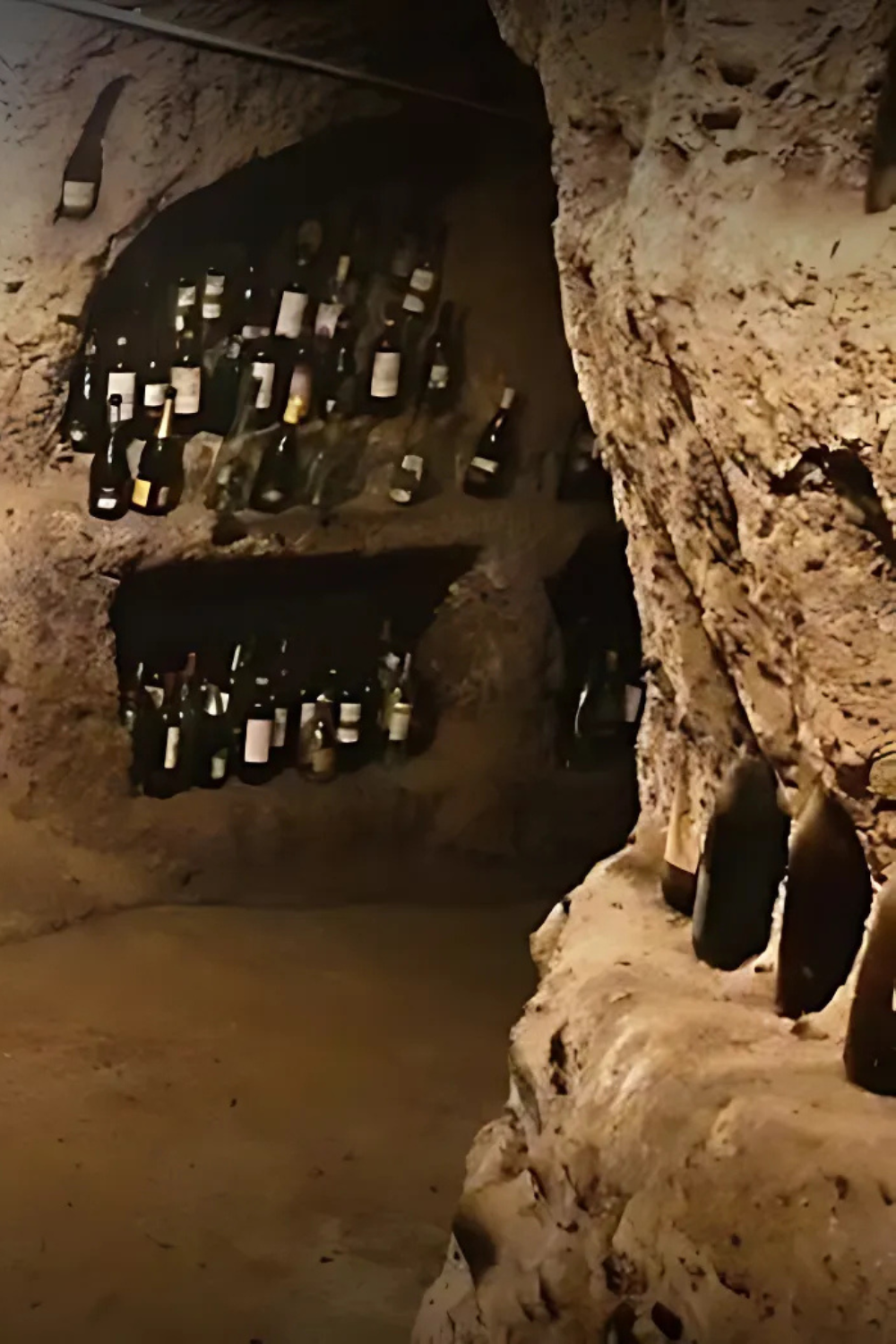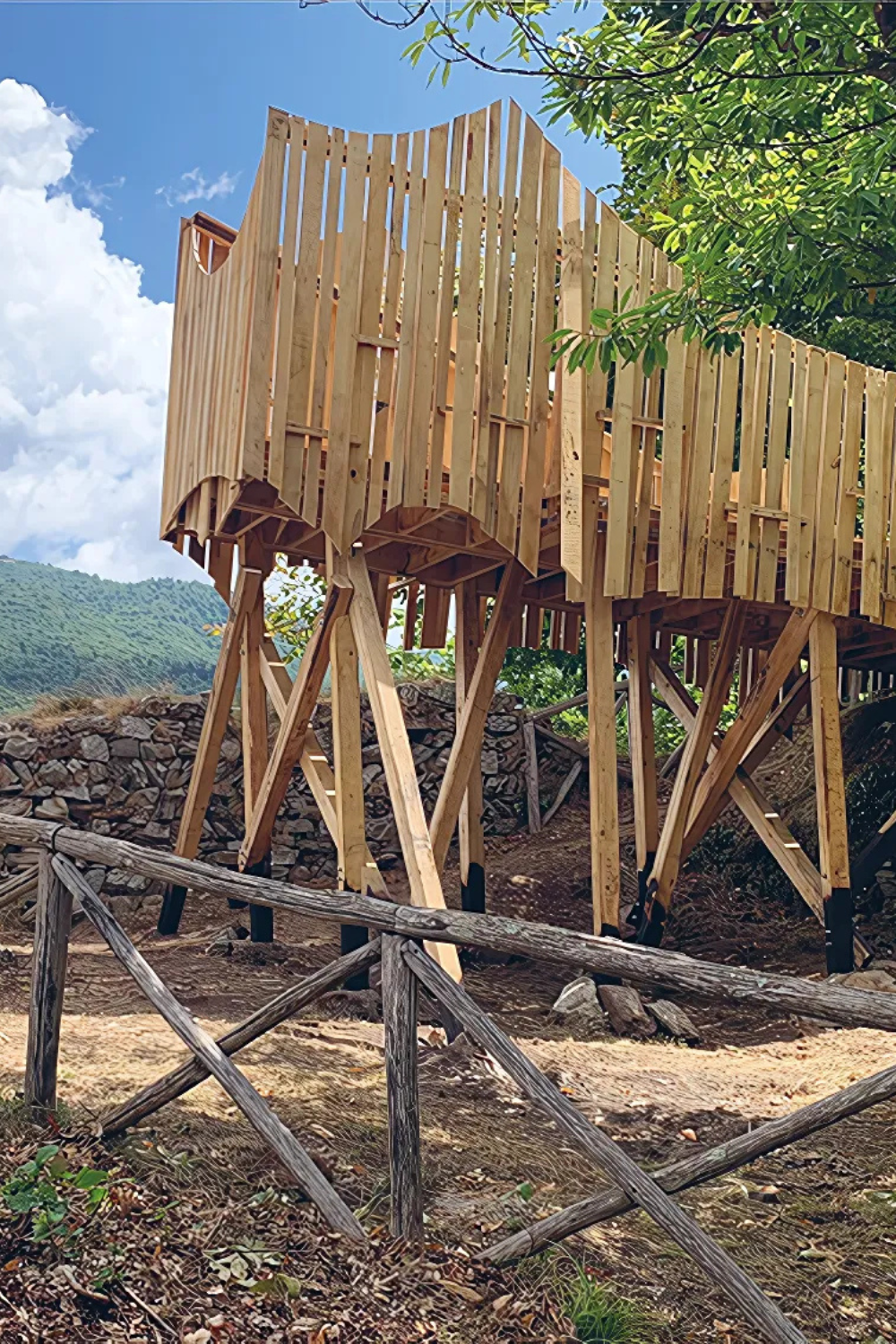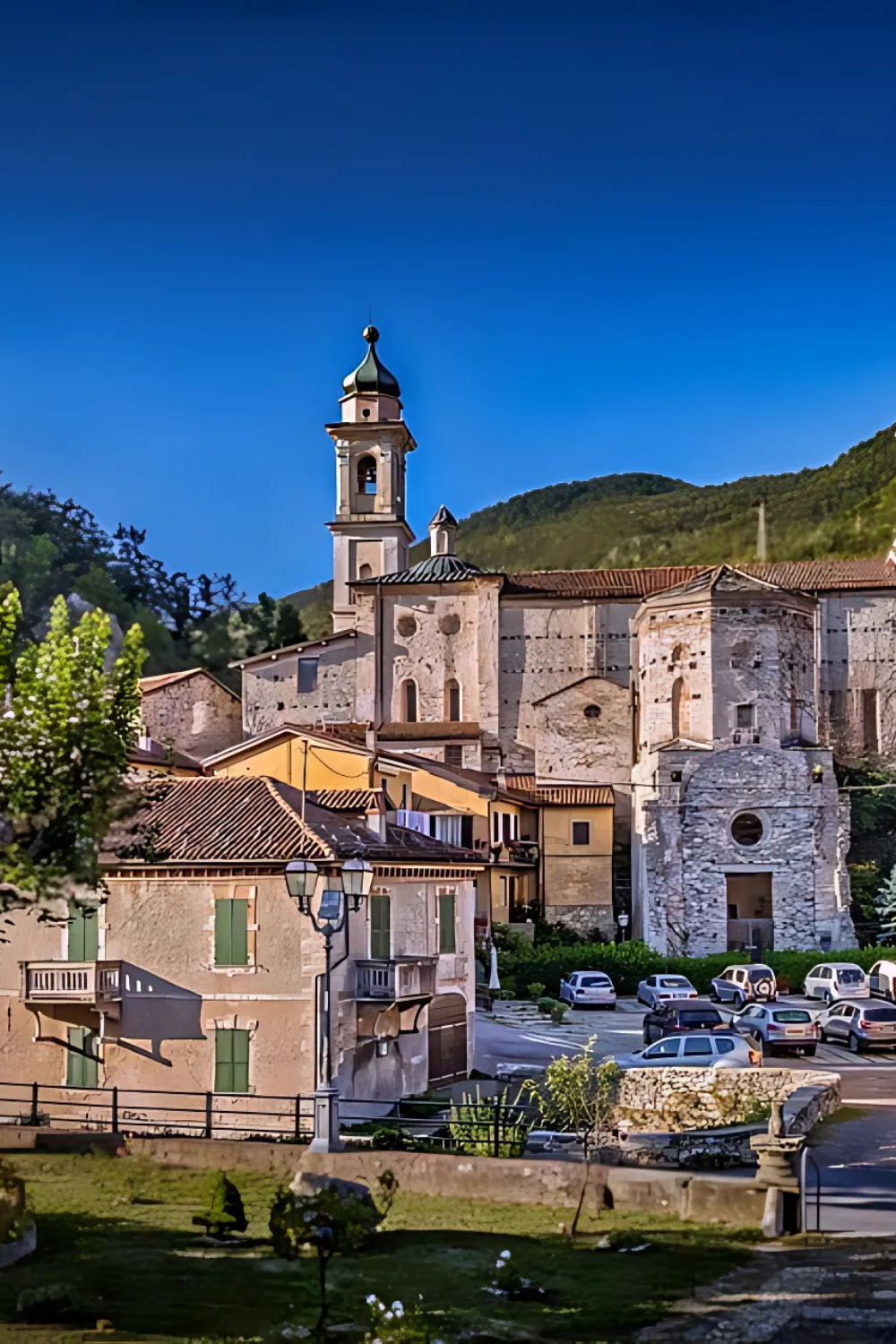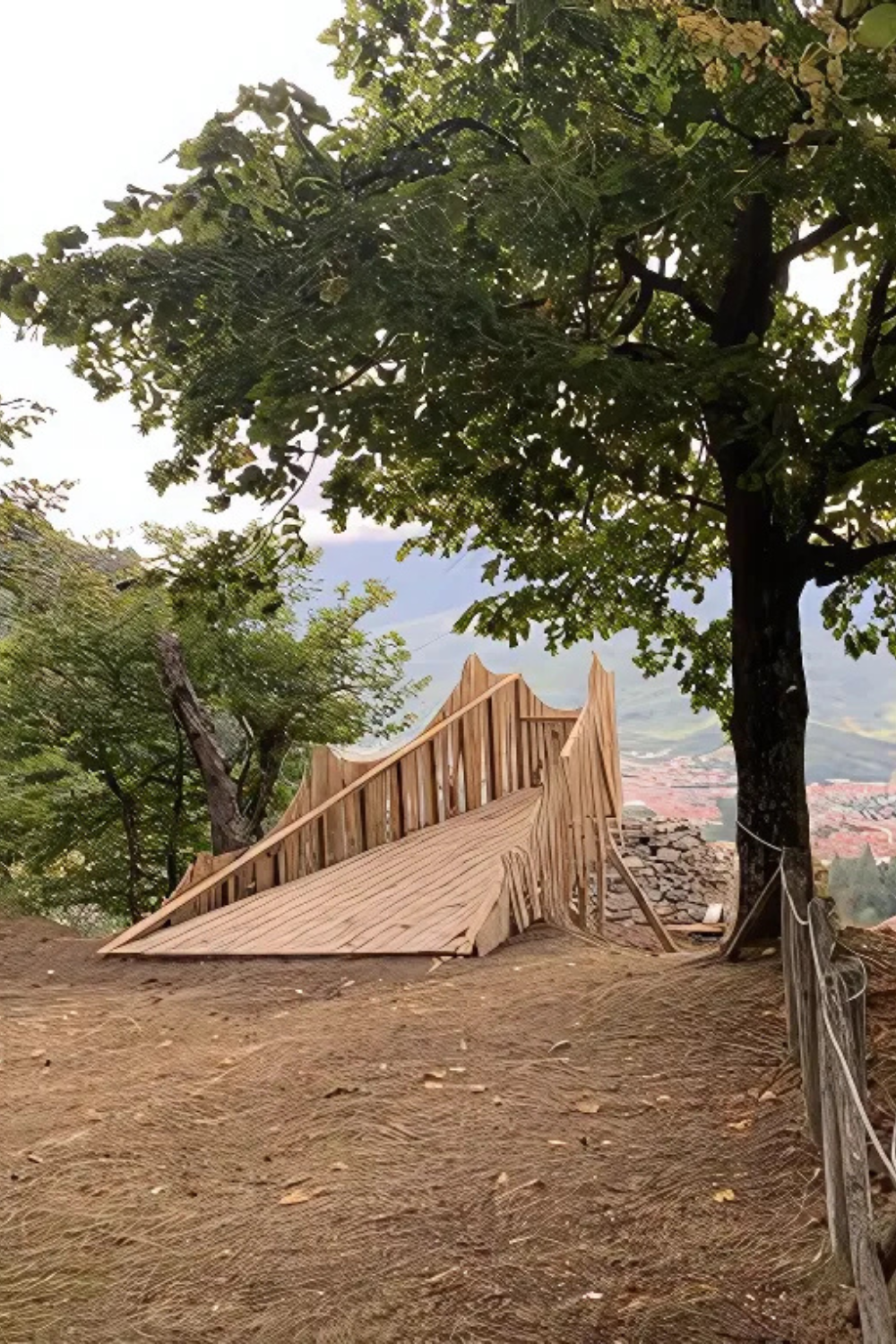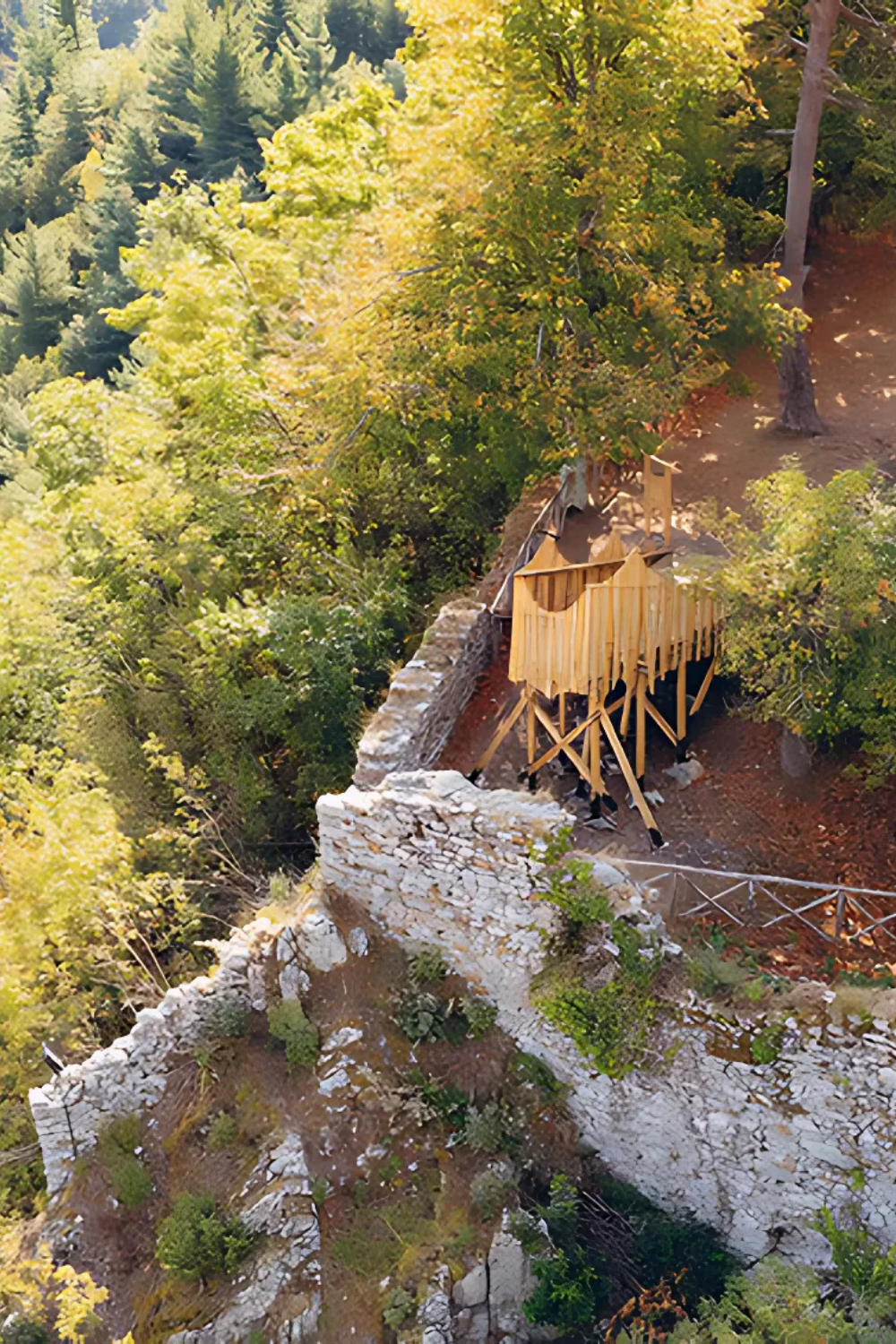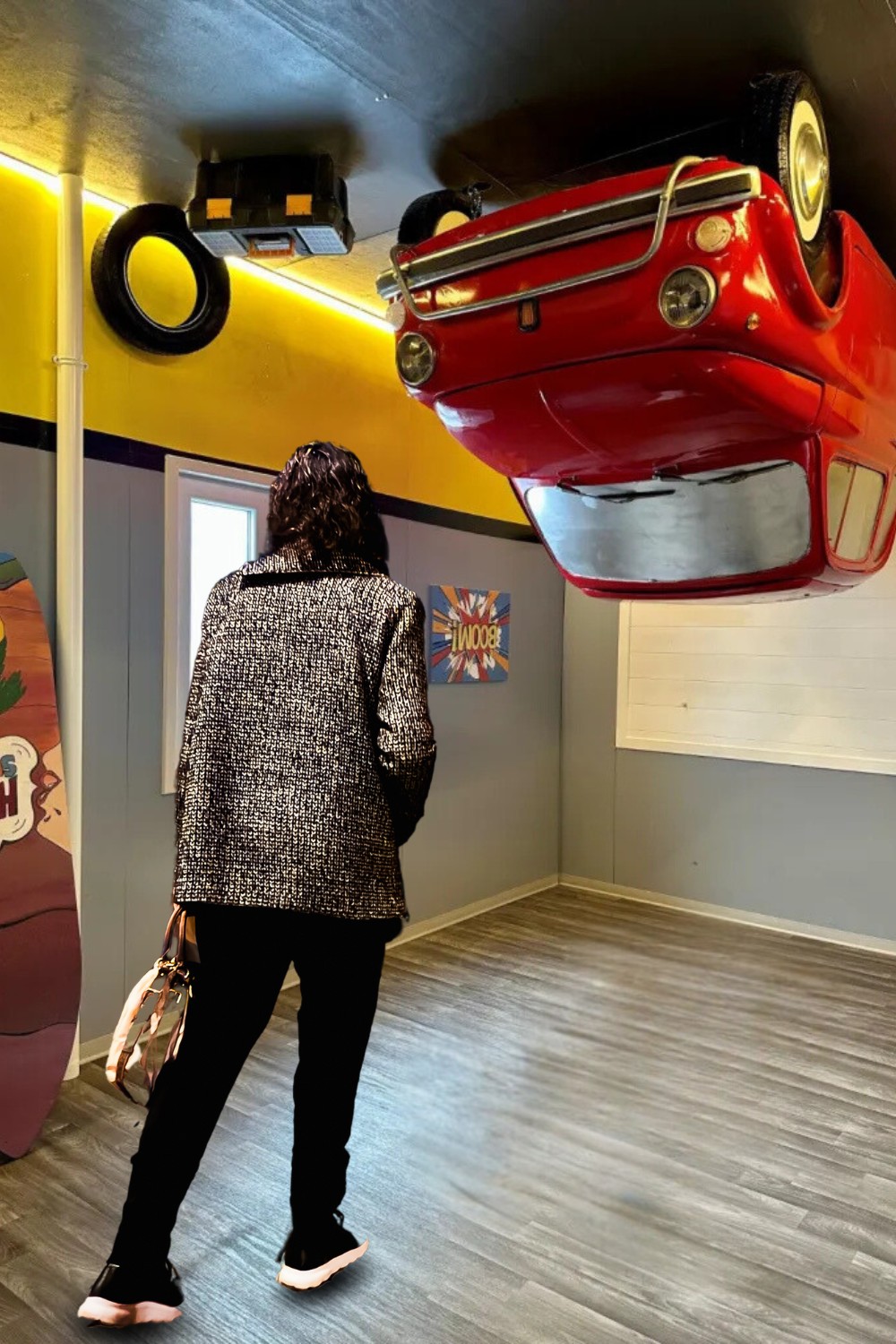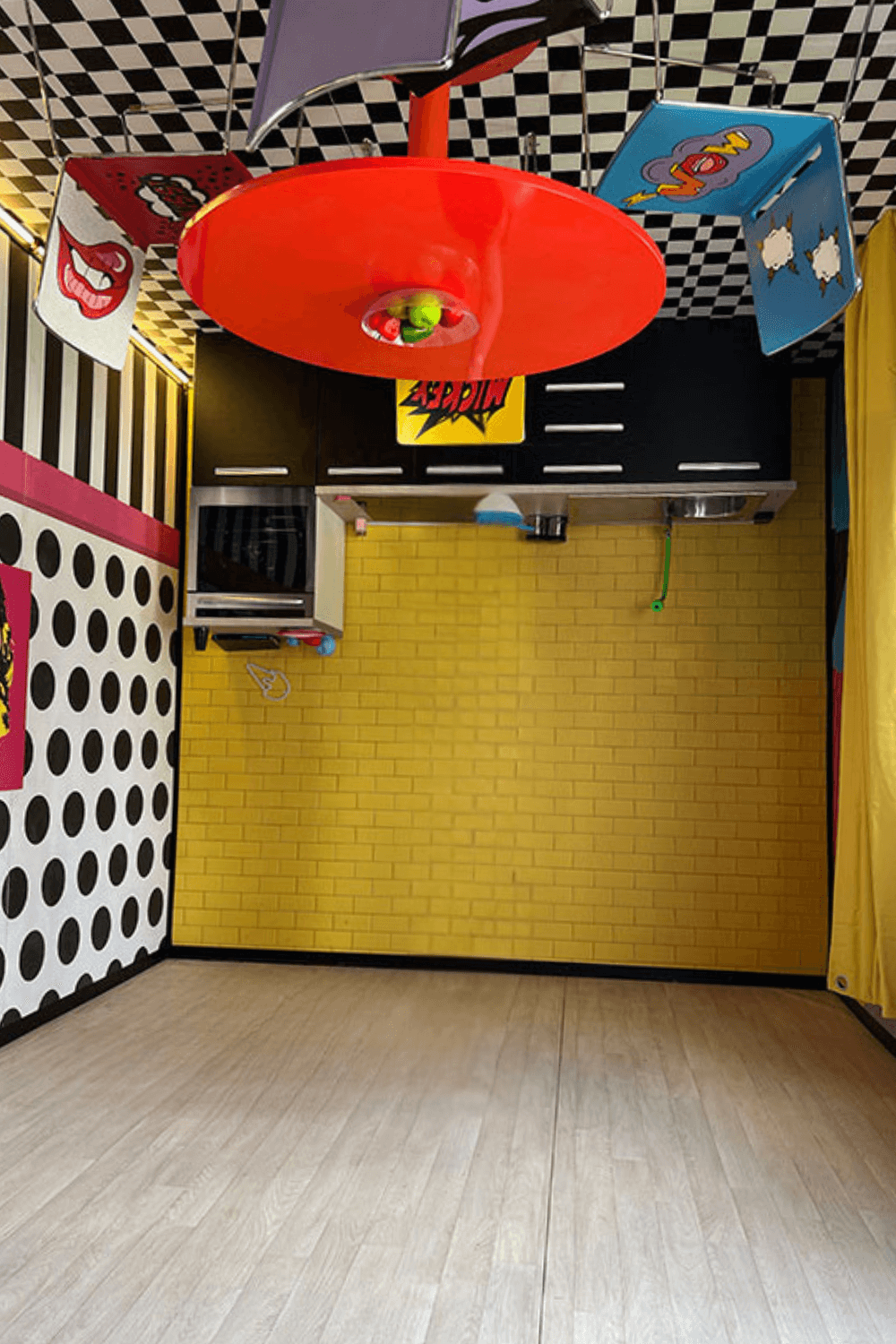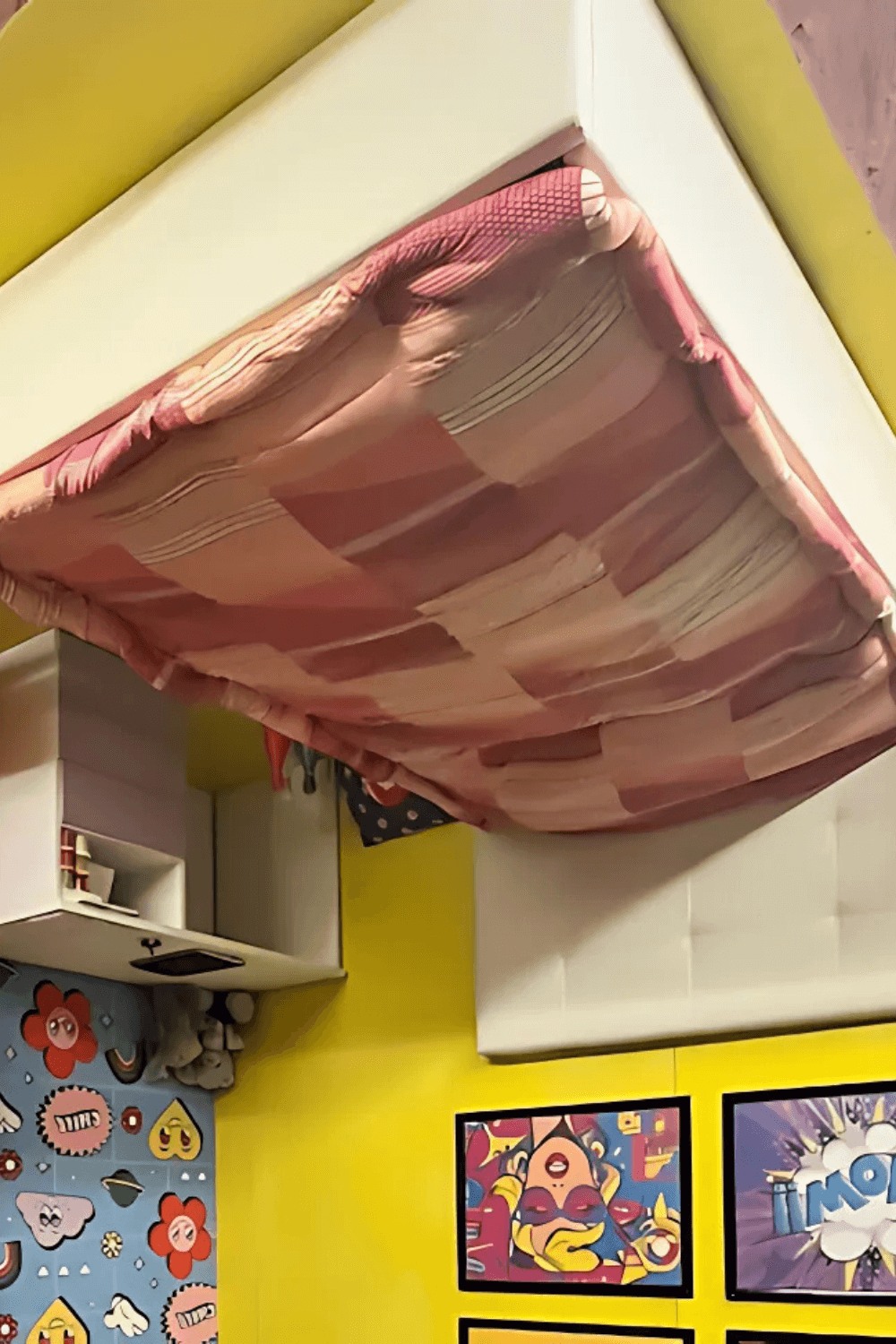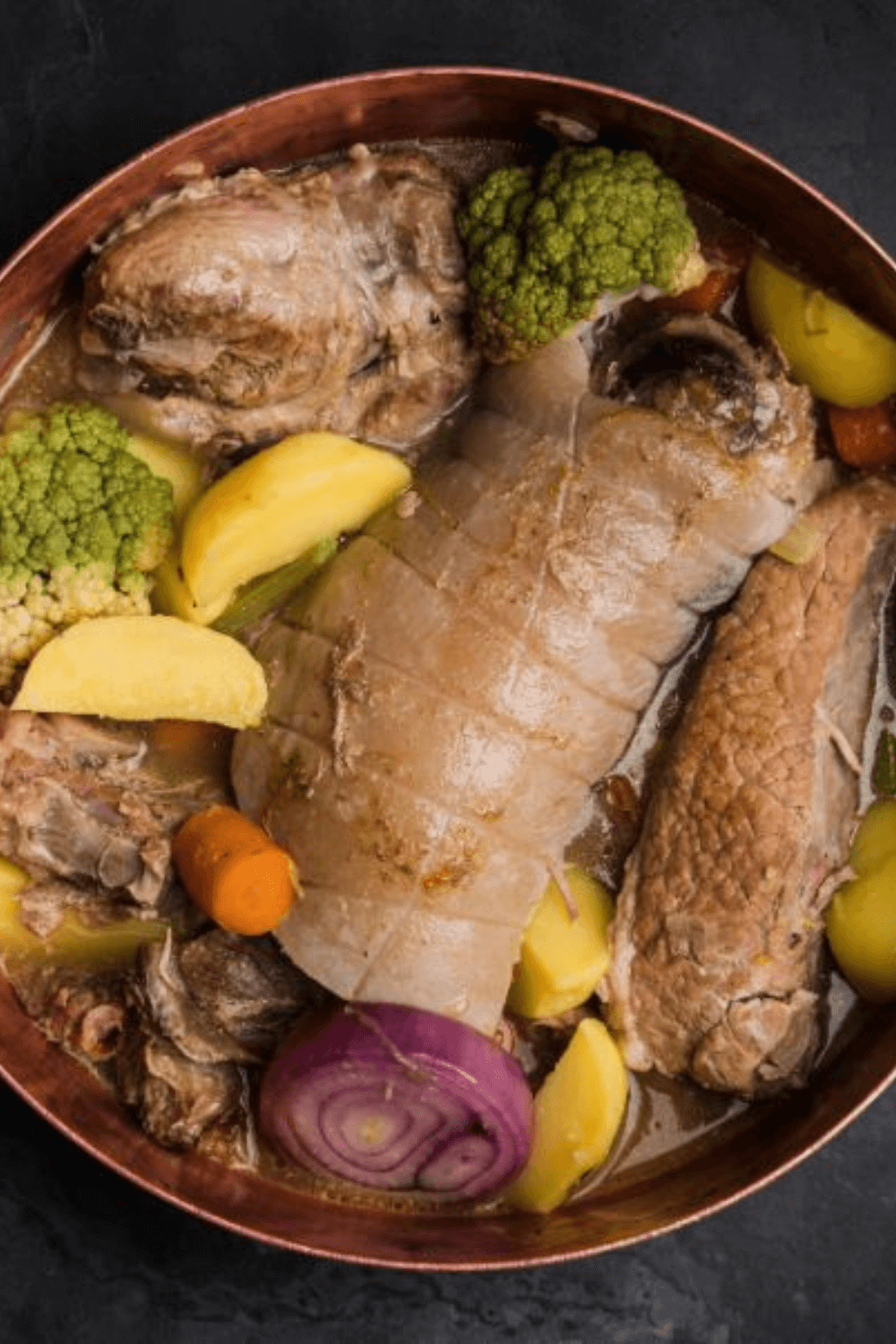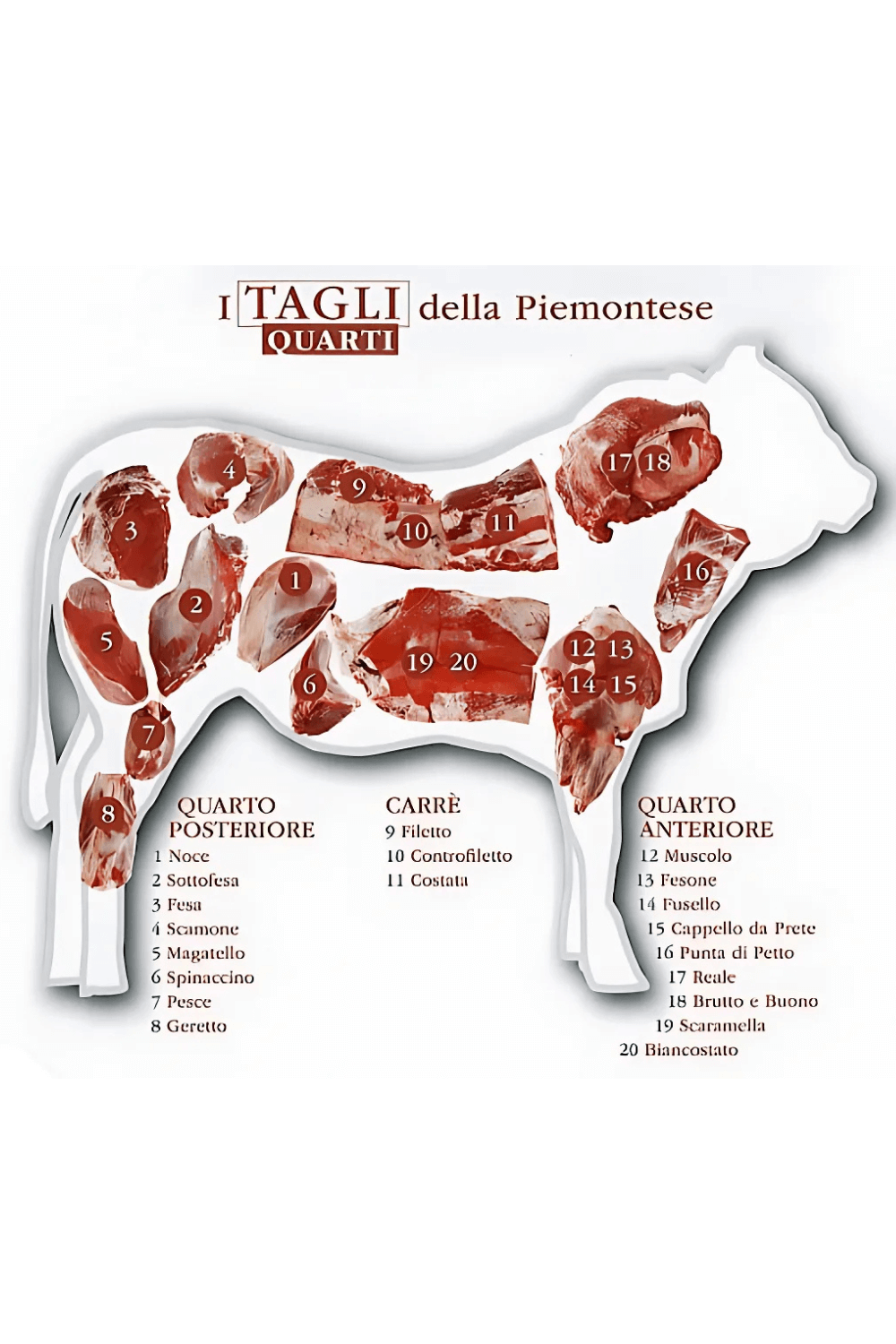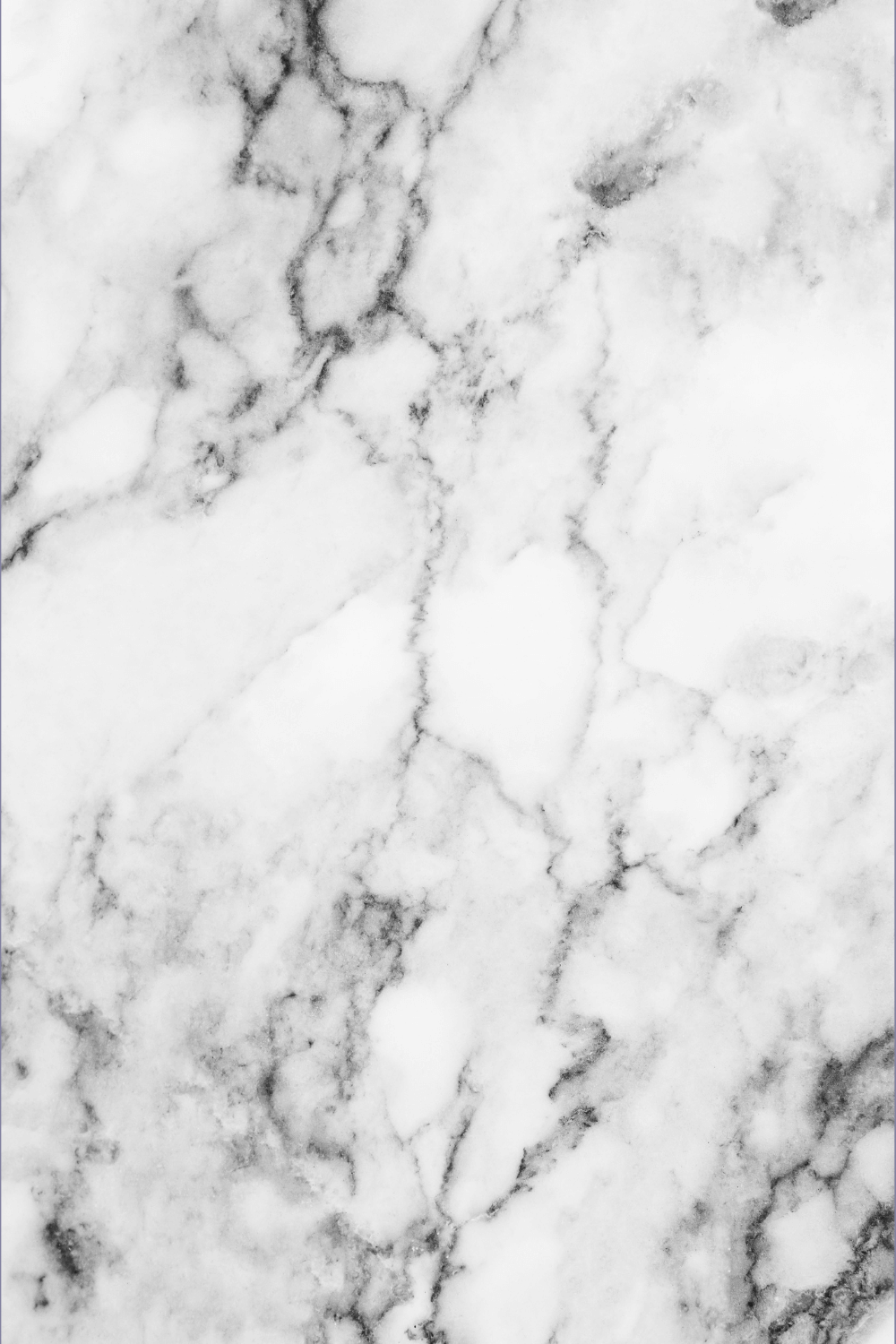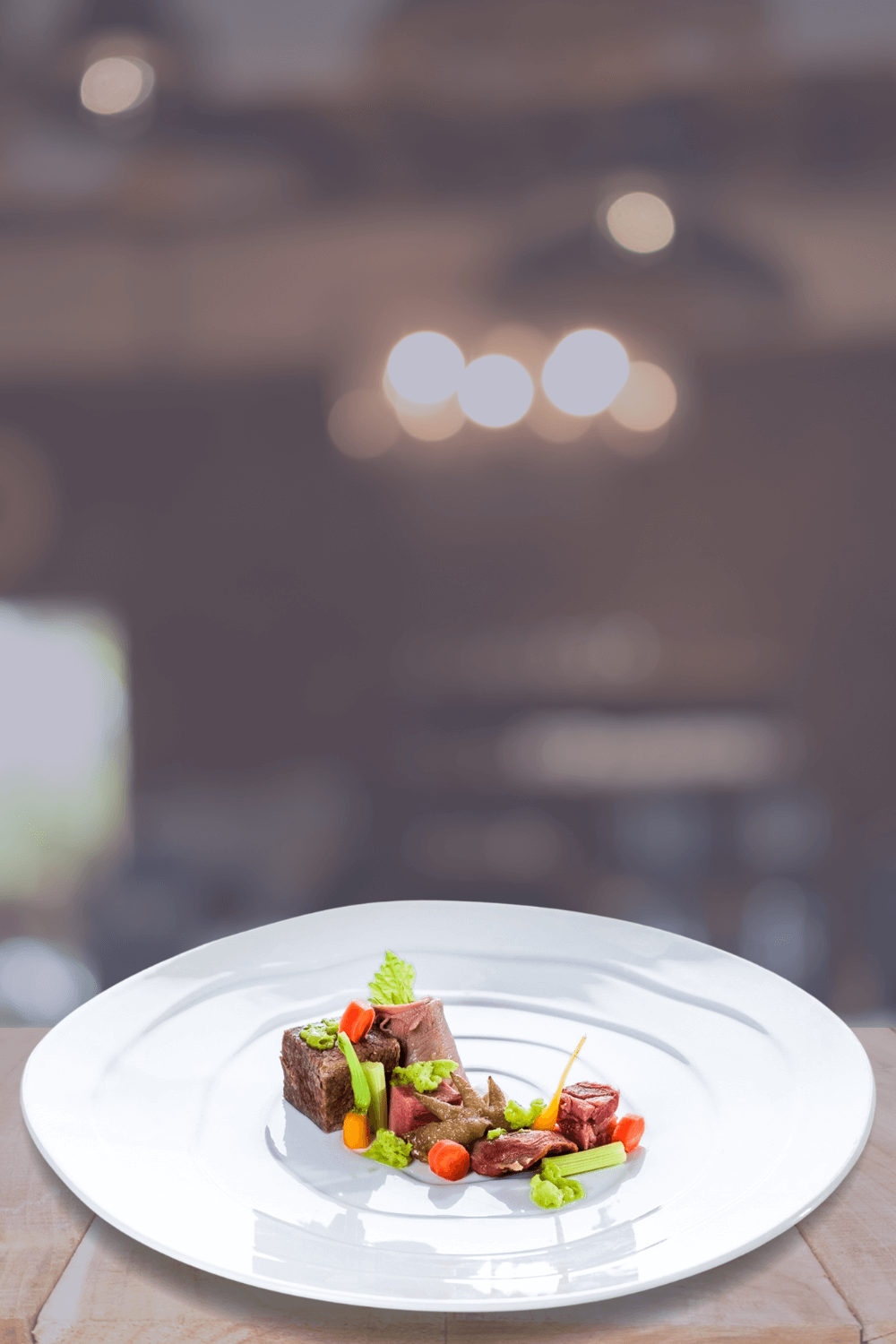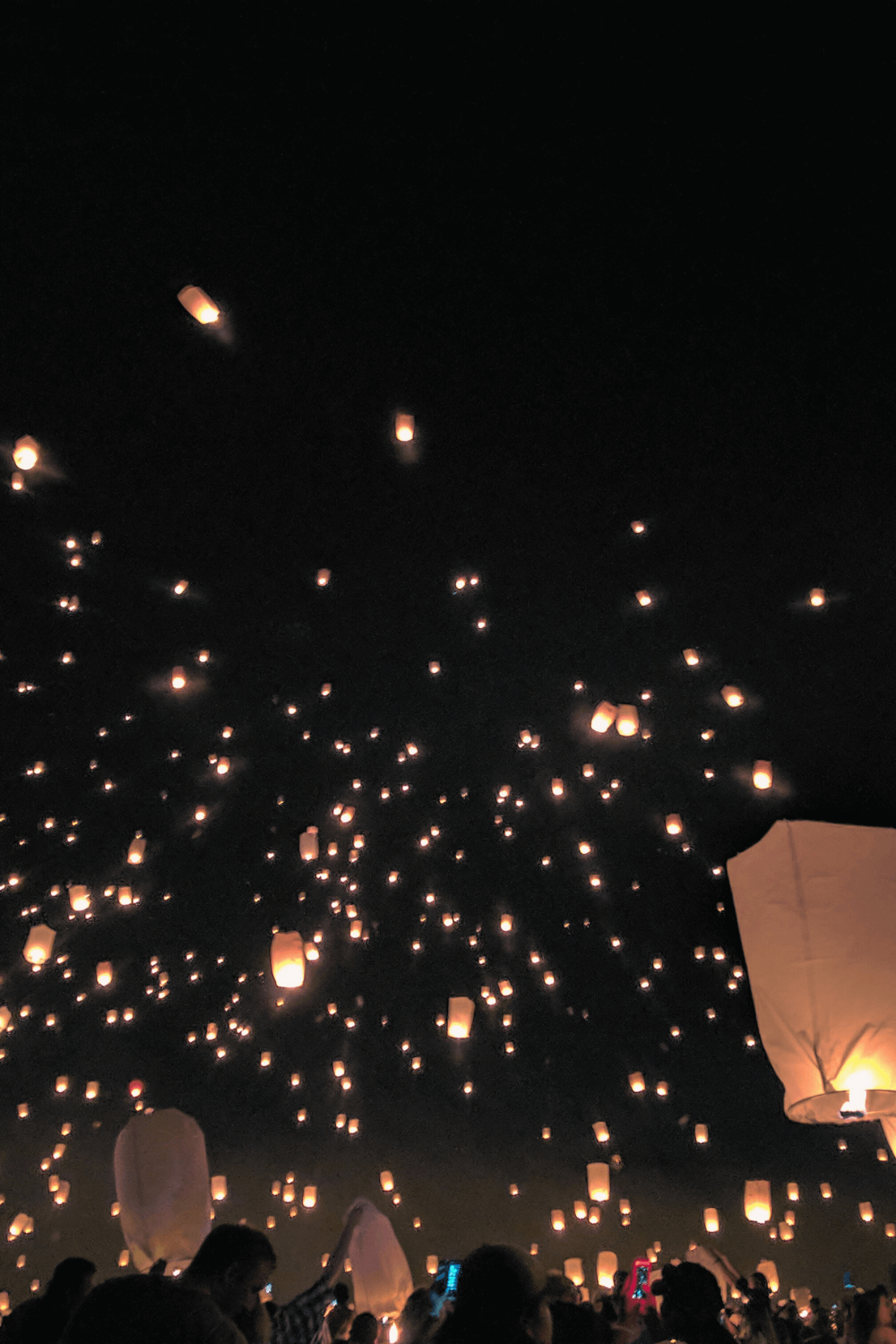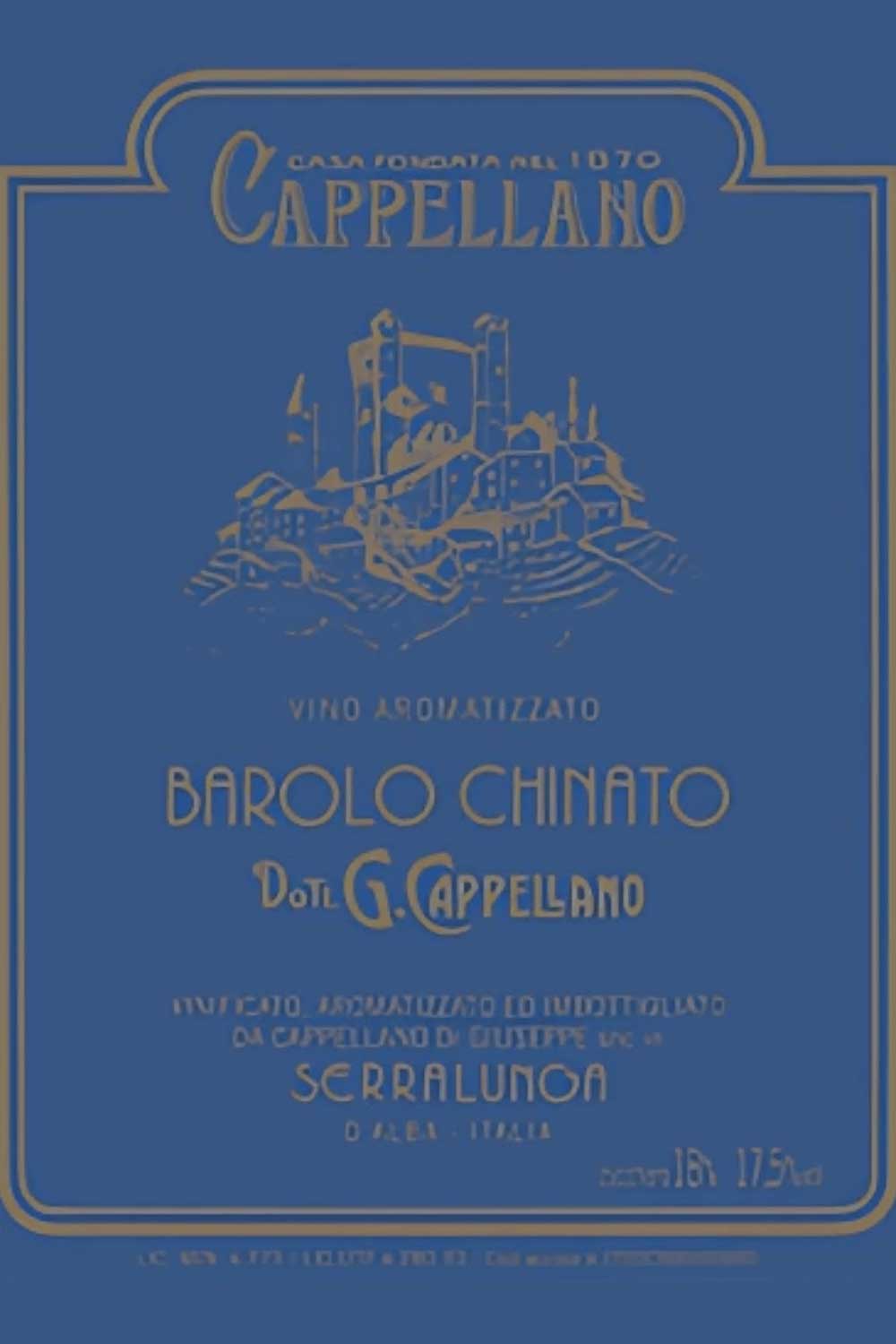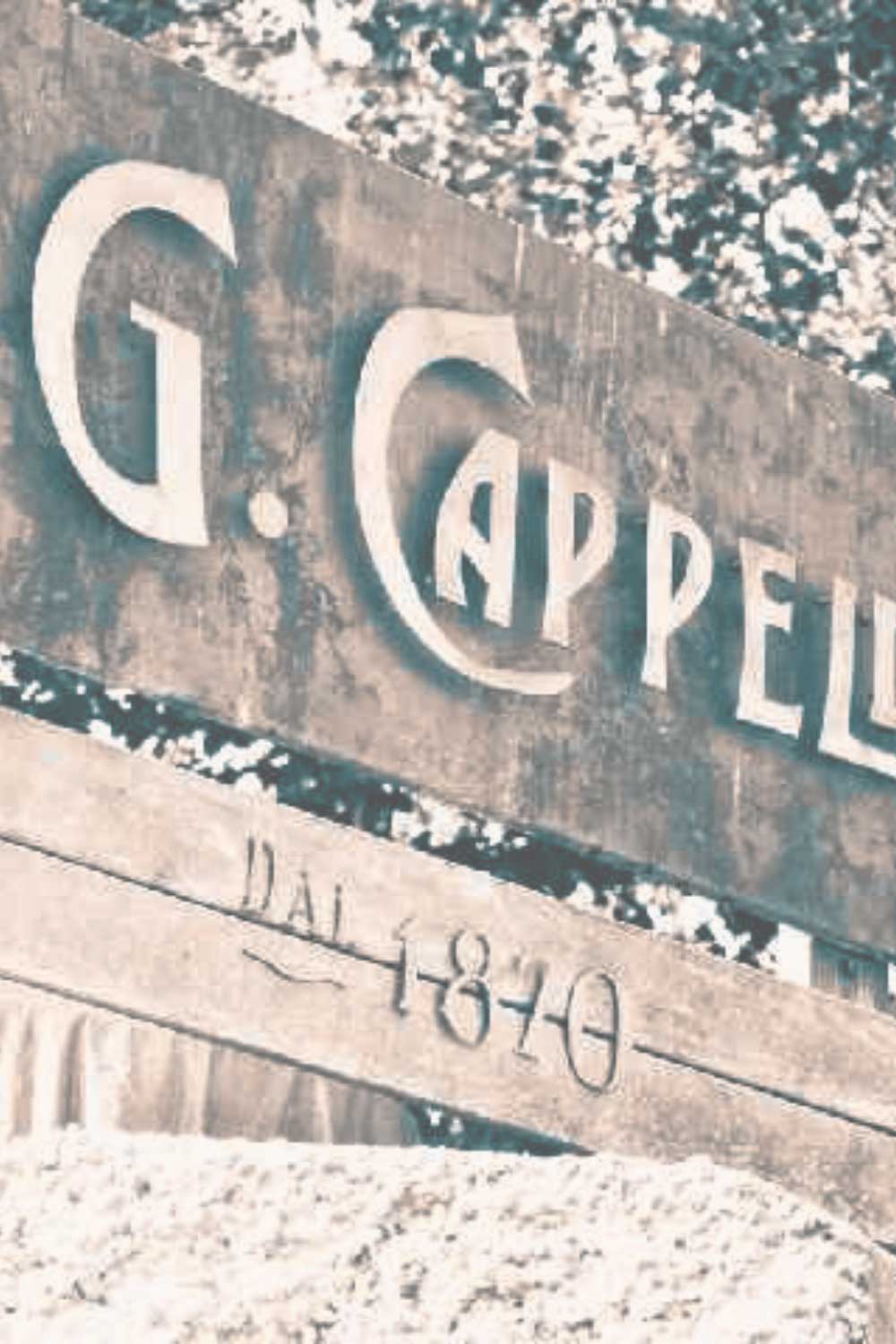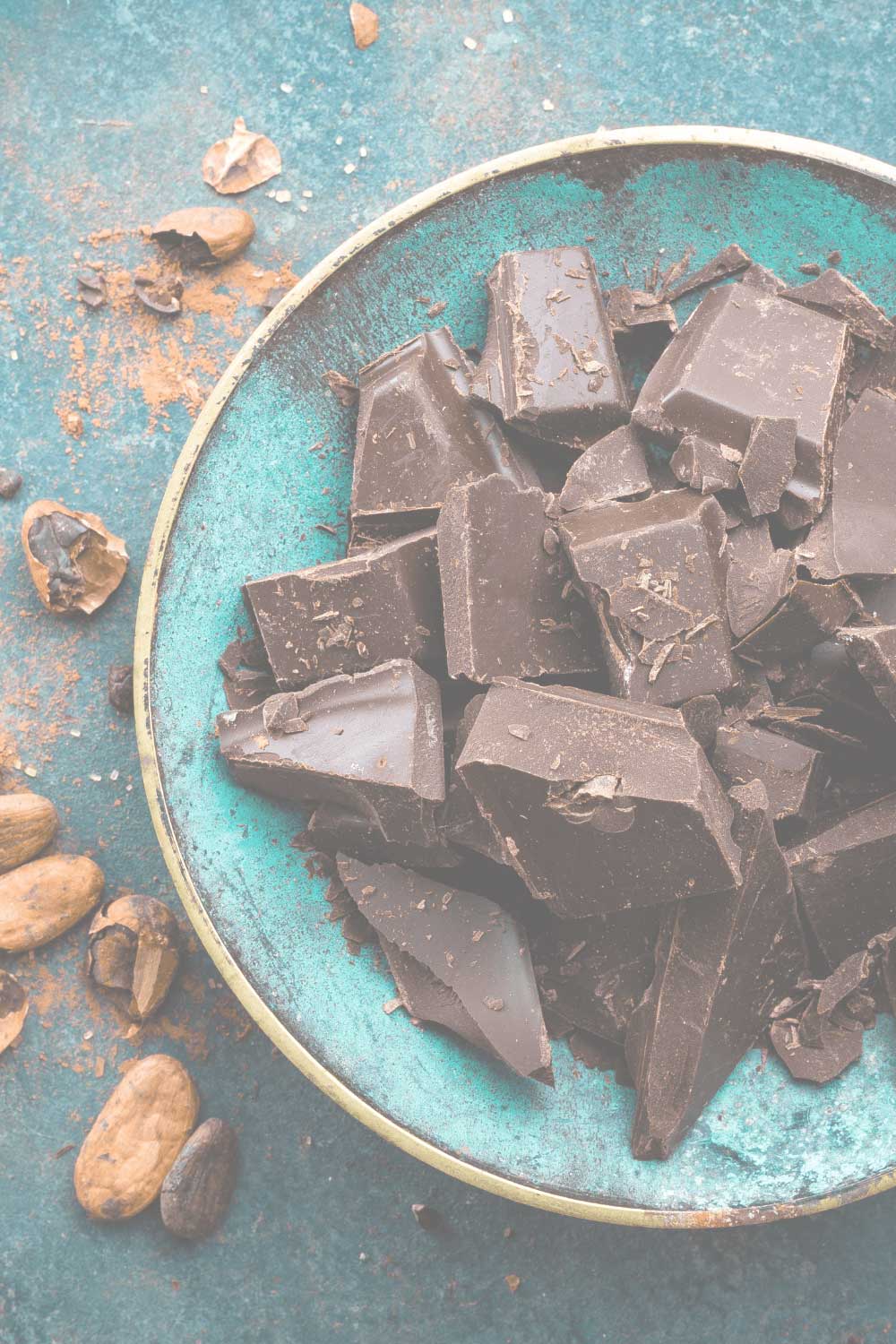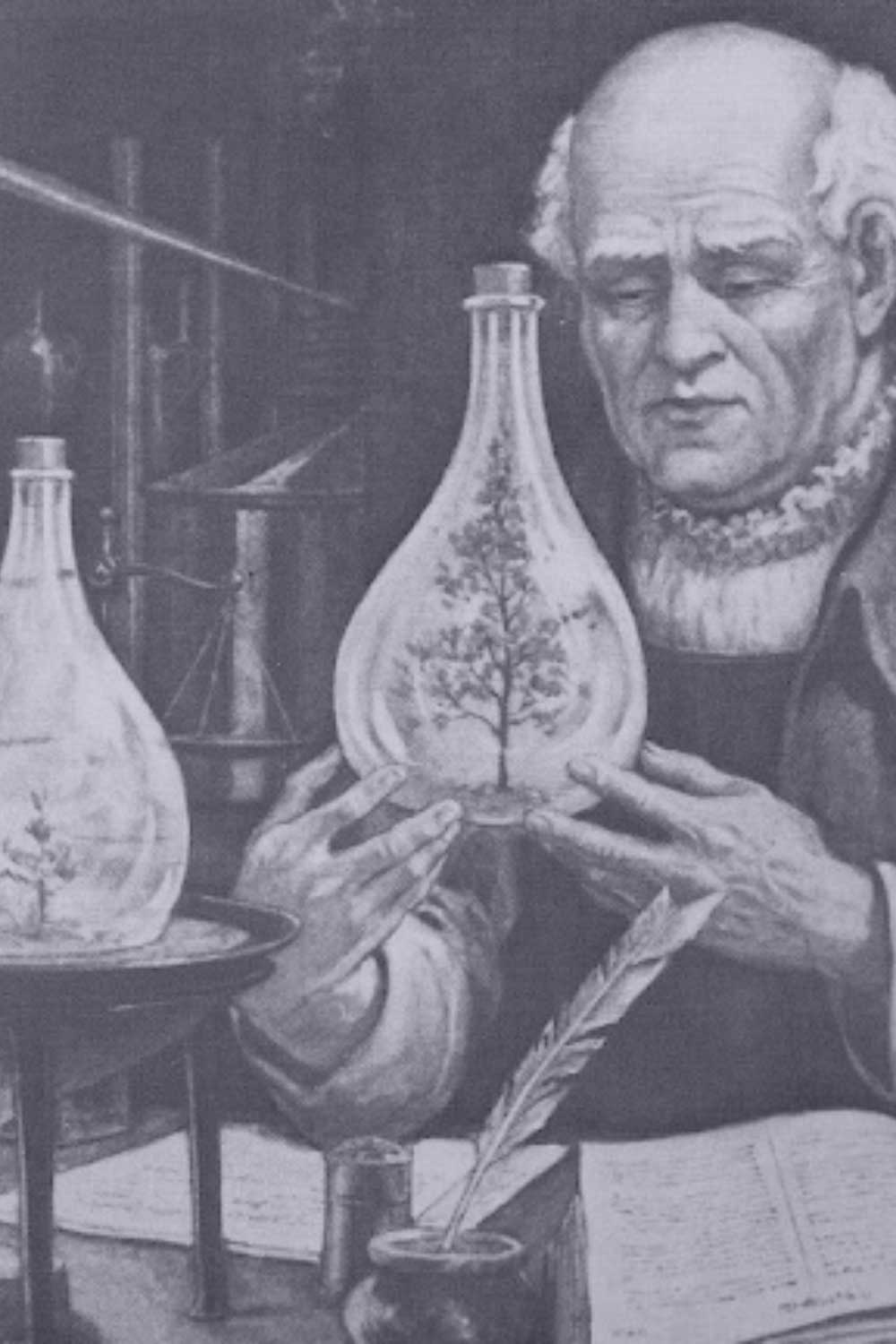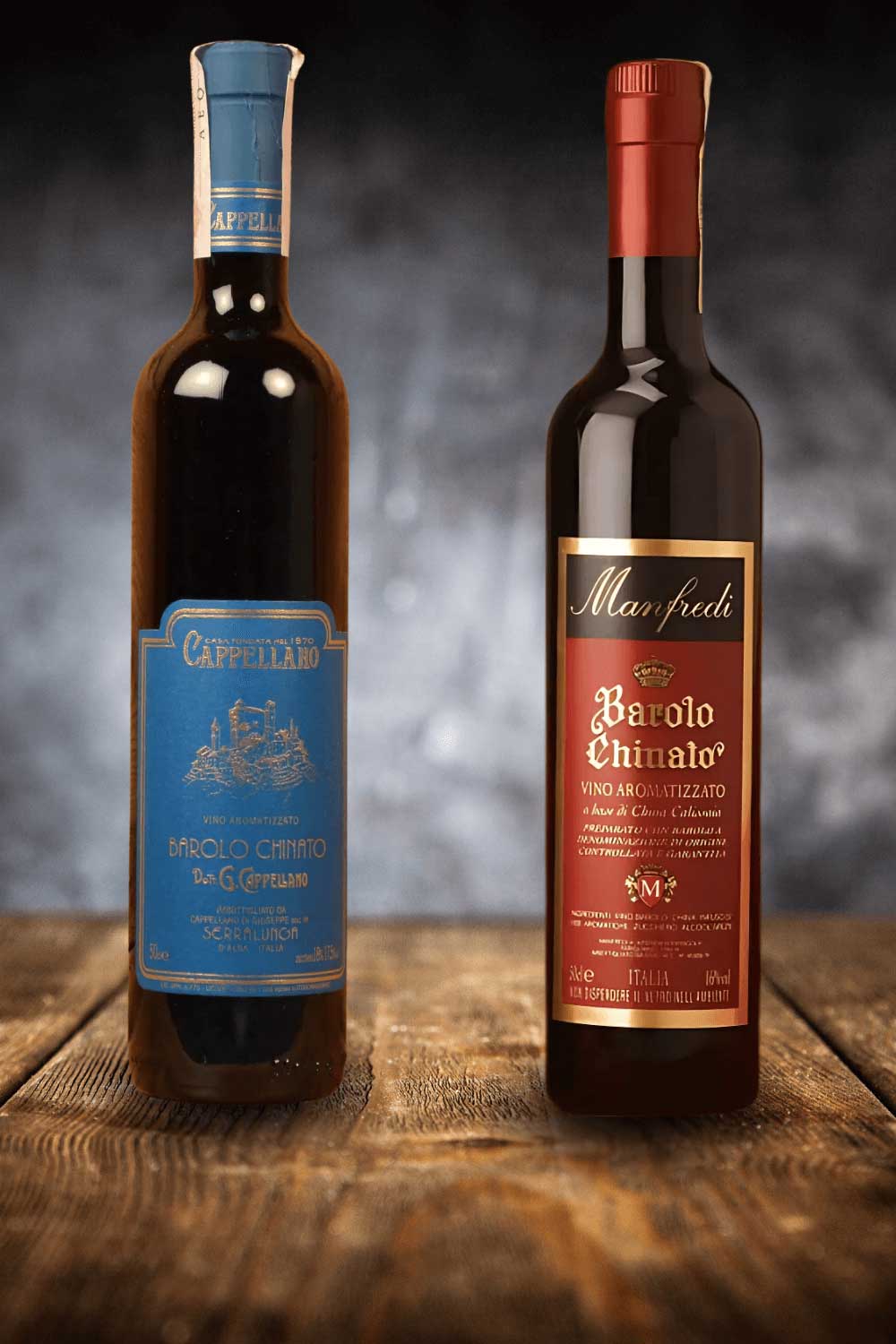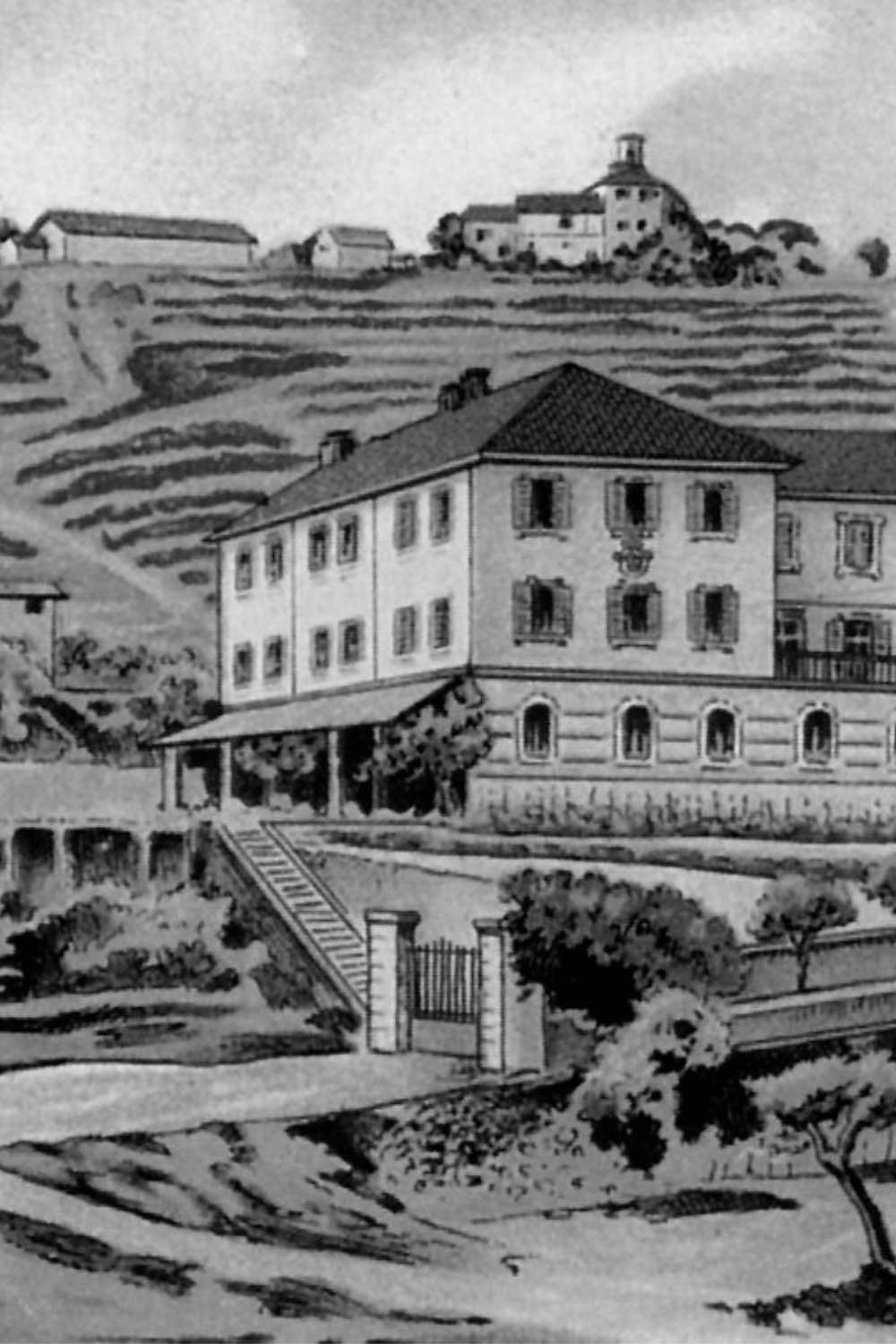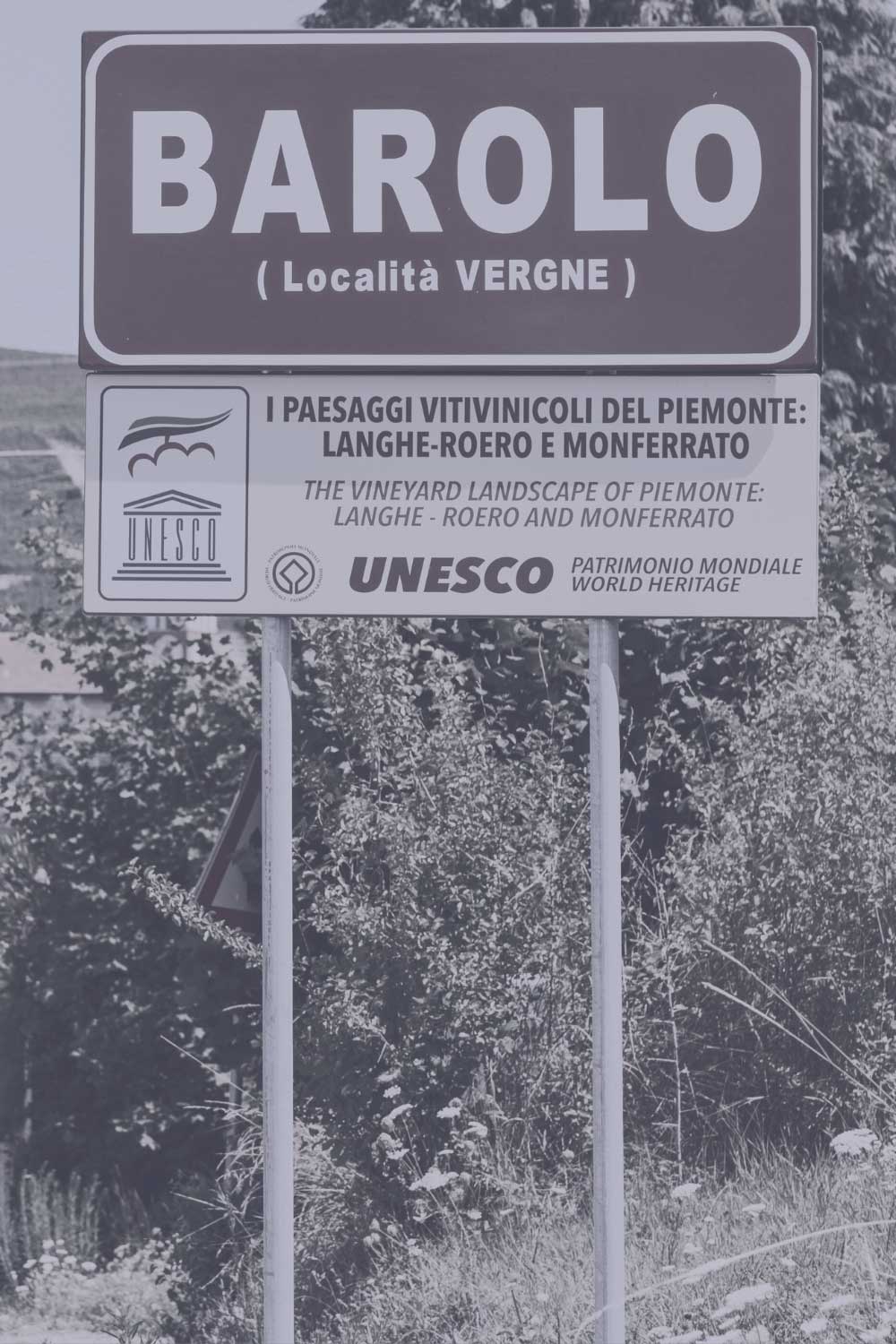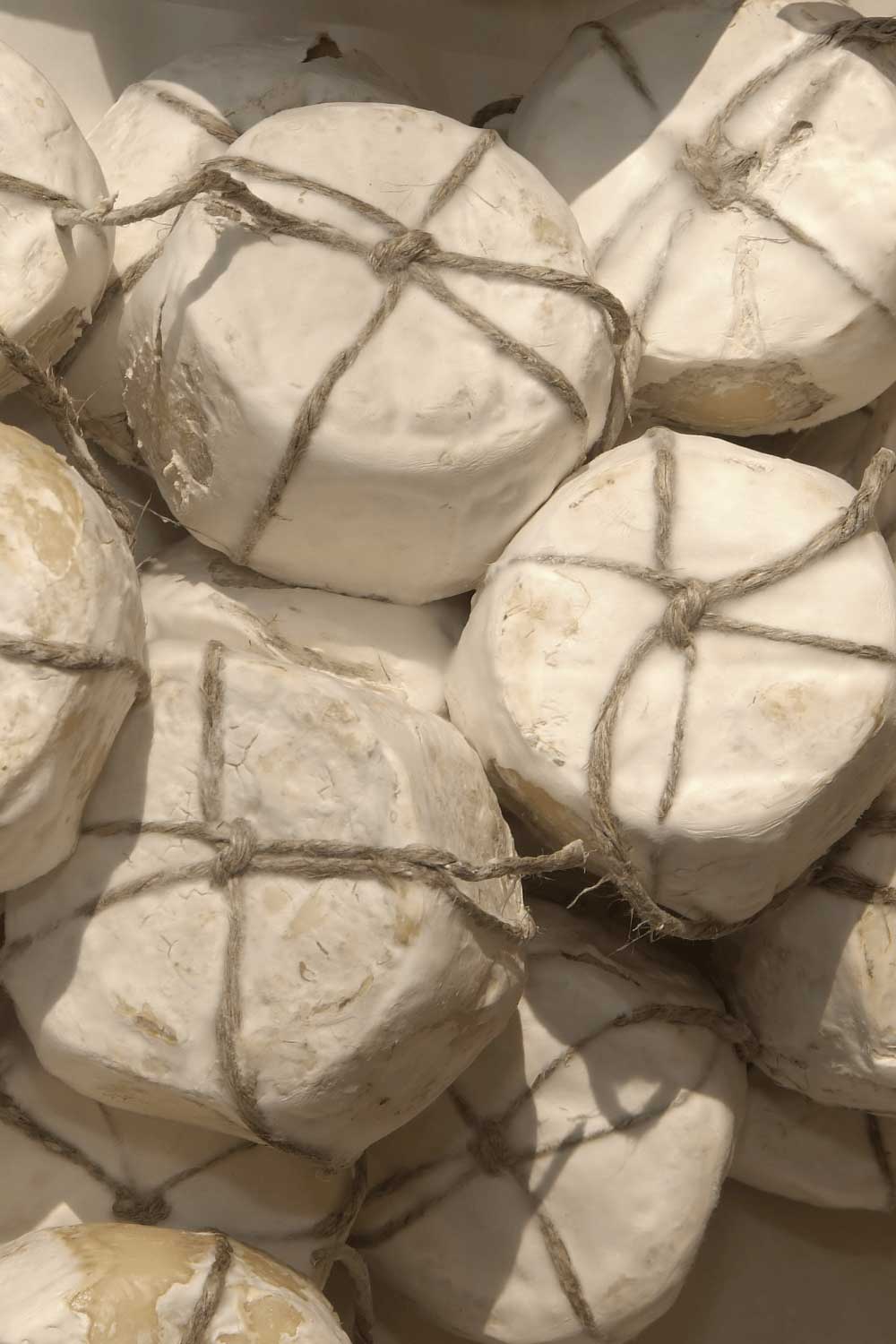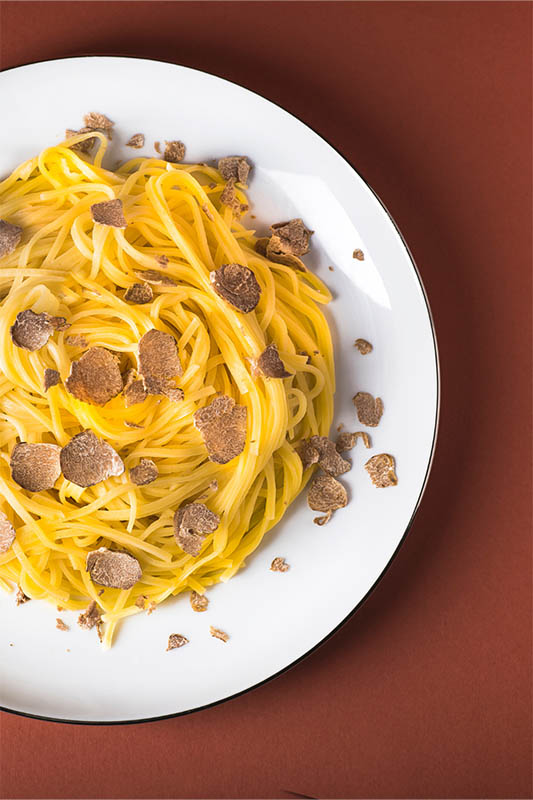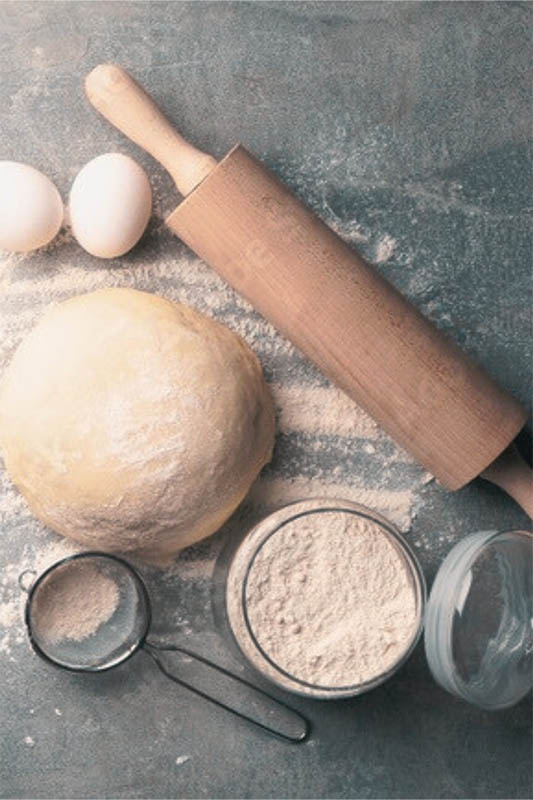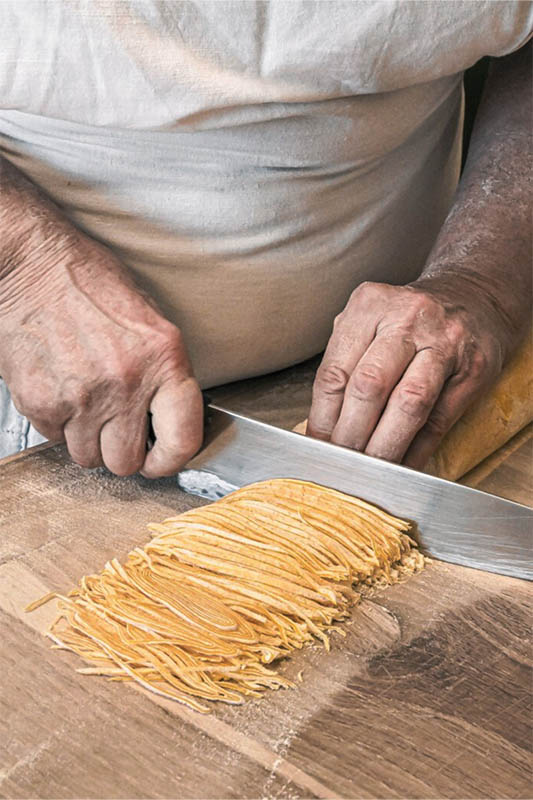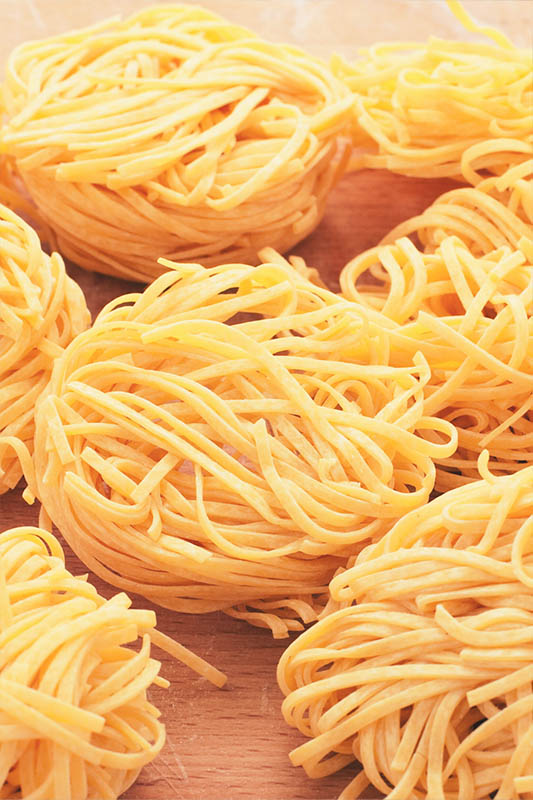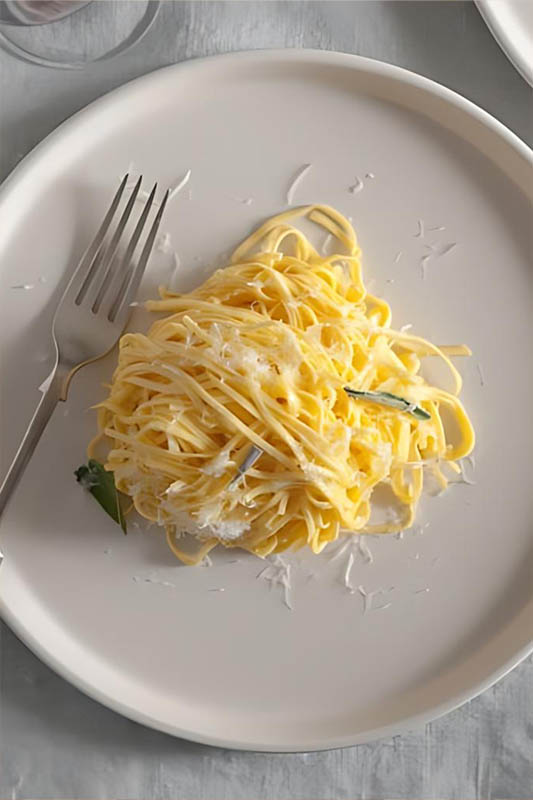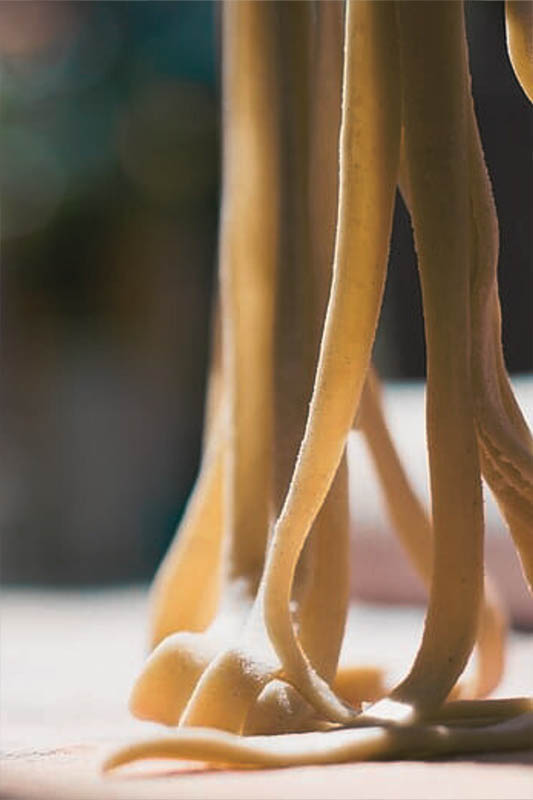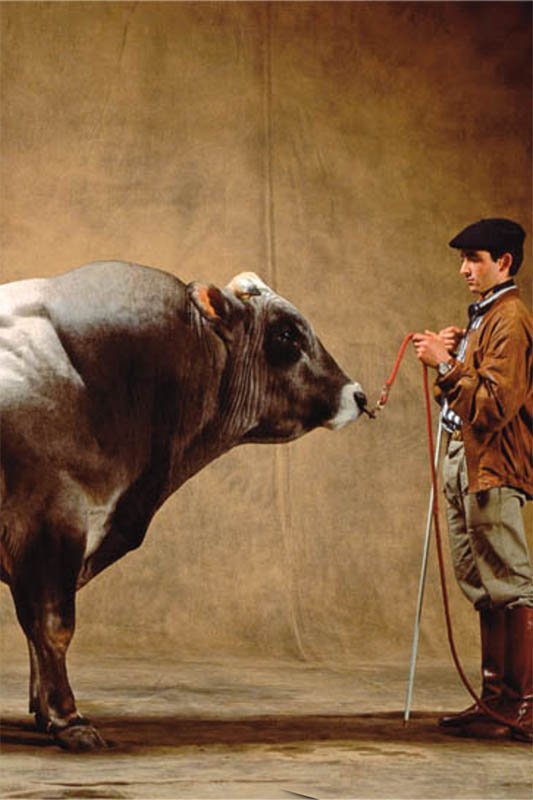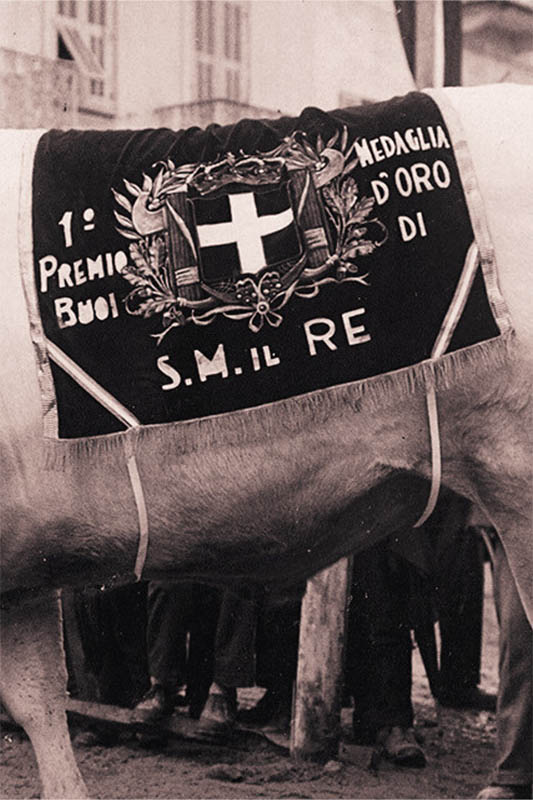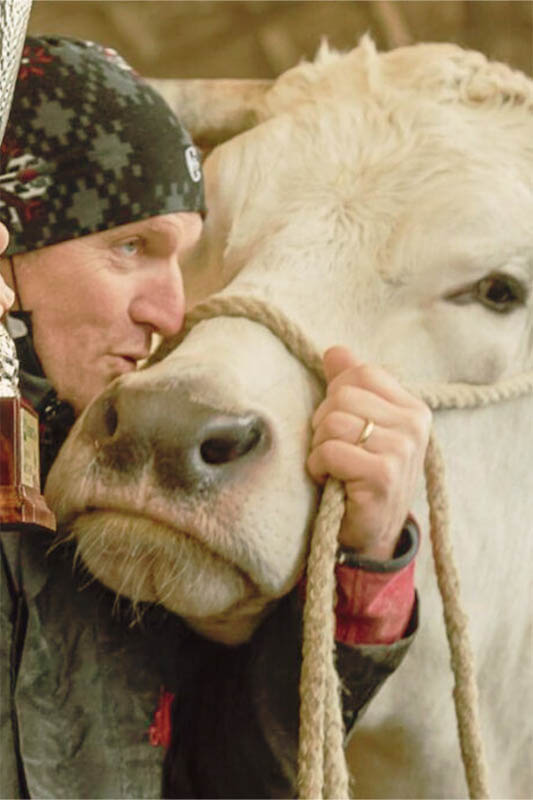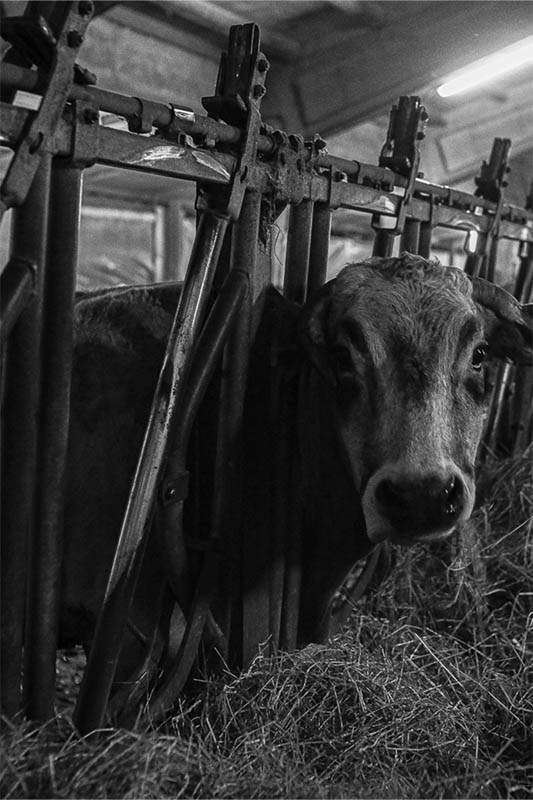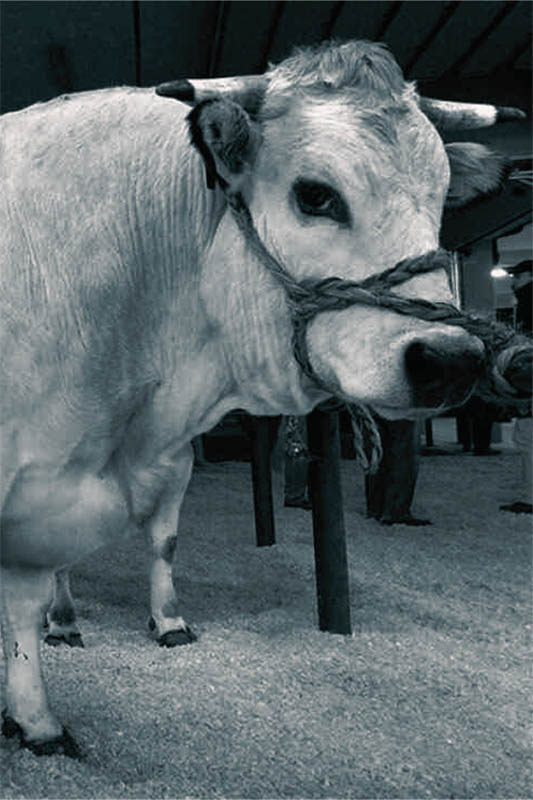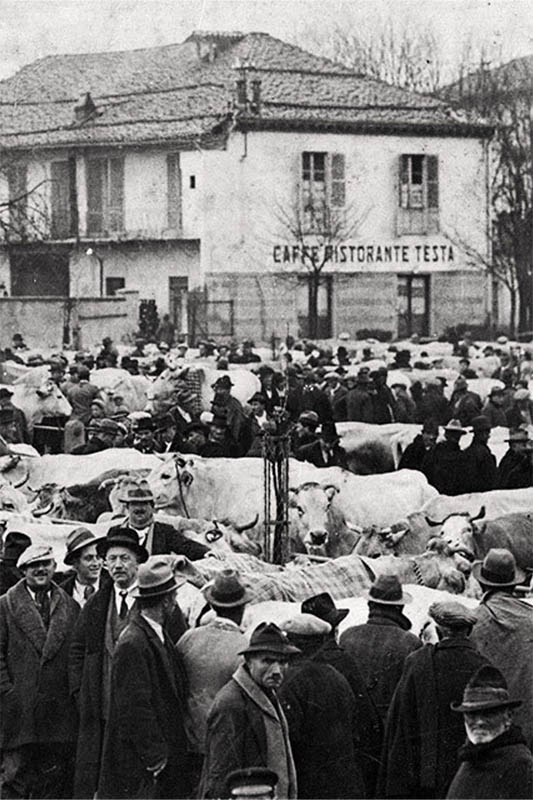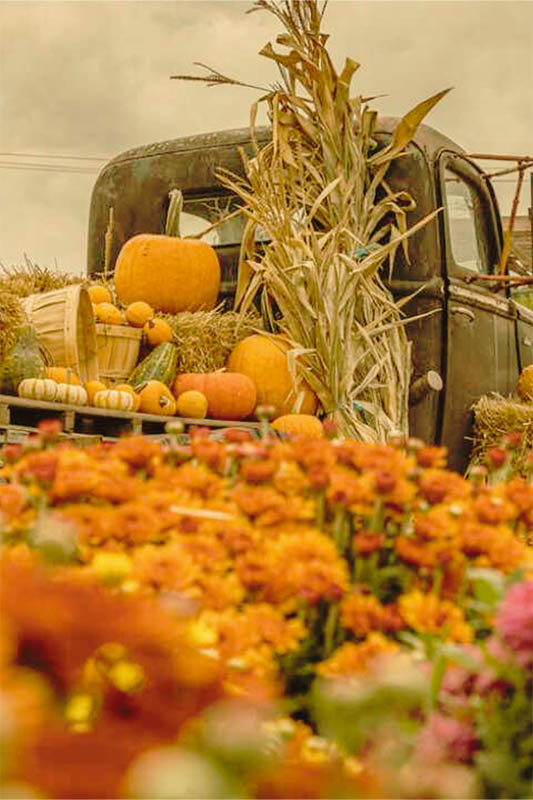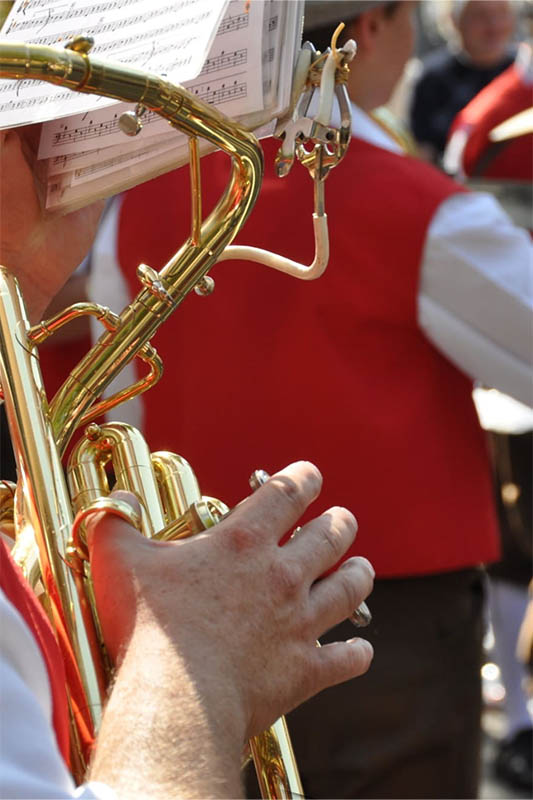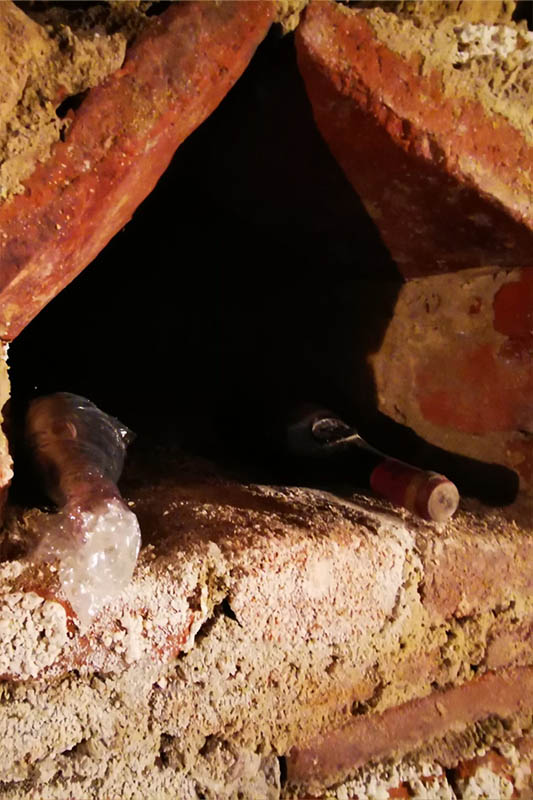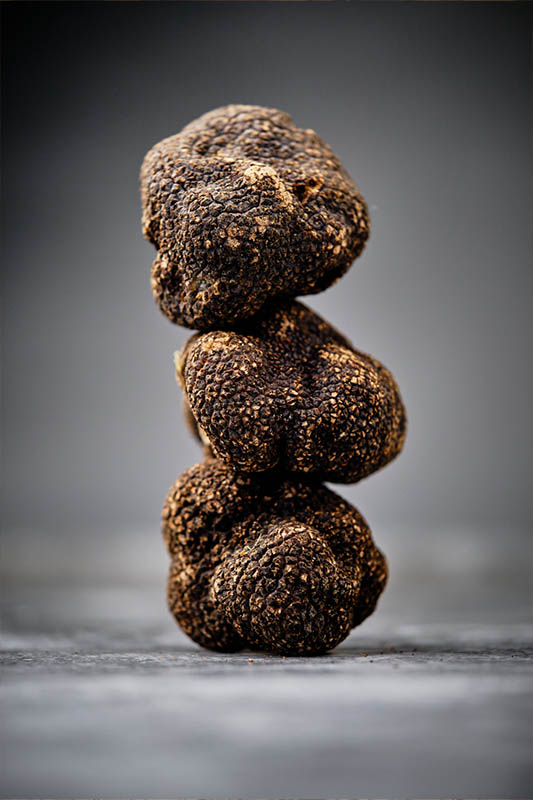In the heart of the Biella valleys, the small village of Mosso hosts an event each year that enchants both adults and children: the Giant Nativity Scene. This extraordinary depiction of the Nativity, featuring life-sized figures, has become one of the main Christmas attractions in the area, transforming the village into a true Christmas wonderland. Looking for a unique holiday experience? Mosso is a must-visit destination!
The History of the Giant Nativity Scene
The Giant Nativity Scene of Mosso was born from the local community’s desire to celebrate Christmas in a special way, offering a depiction of the Nativity that is not only a religious celebration but also an artistic and cultural event. Over the years, the nativity scene has grown in size and significance, attracting more and more visitors and becoming a cherished tradition for the region.
The nativity figures, handcrafted by local artists, are life-sized and depict the classic characters of the Nativity as well as scenes of everyday life from the past, creating a connection between the religious tradition and the rural culture of the Biella valleys. The result is a nativity scene that tells both the story of Bethlehem and the story of the community that creates it every year.
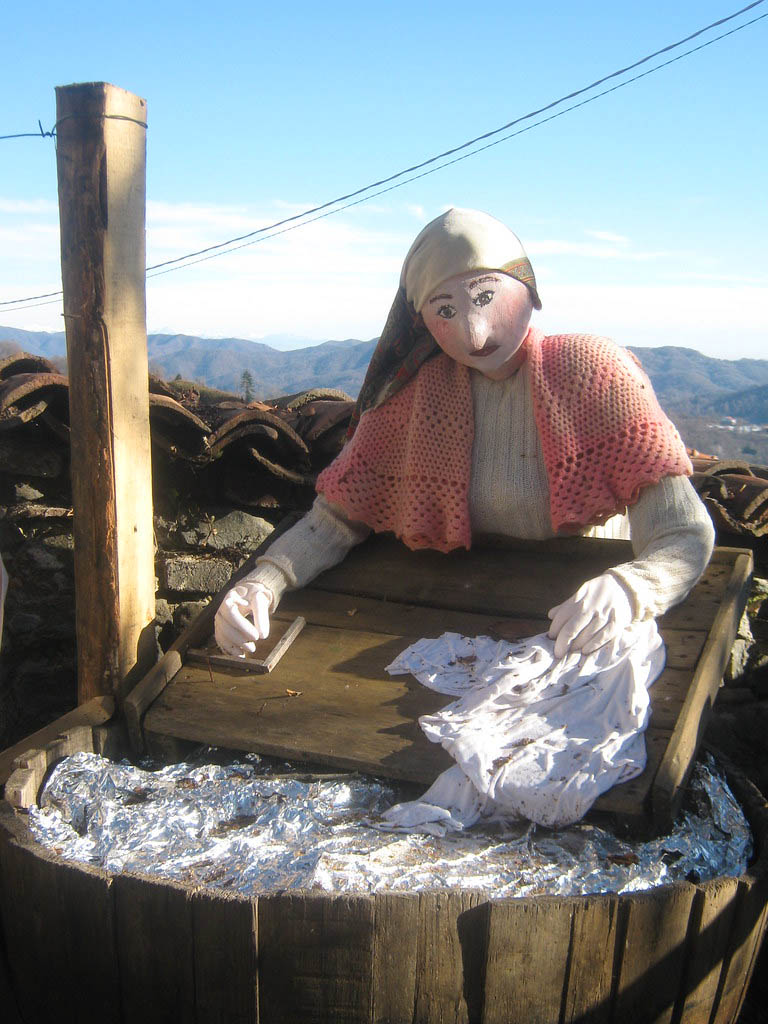
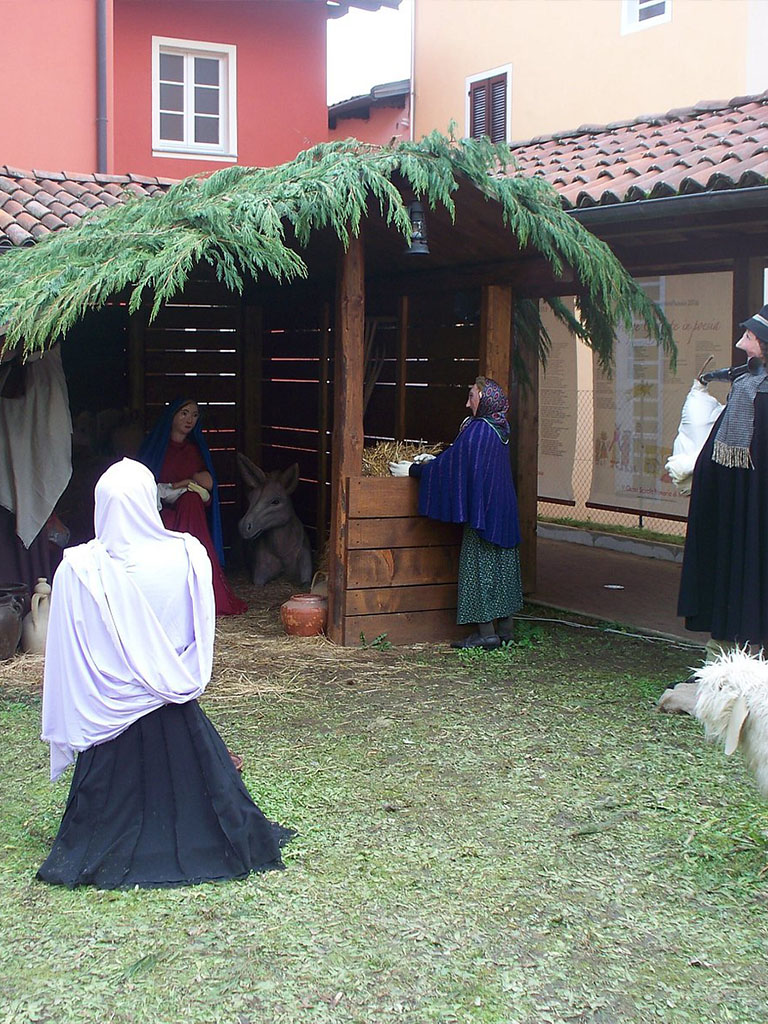
An Open-Air Exhibition
One of the most fascinating aspects of the Giant Nativity Scene of Mosso is that the entire village becomes part of the scenery: the figures are arranged along the streets and squares of the village, creating a path that guides you through the Nativity story. Walking among the figures feels like a journey through time, with the enchanting backdrop of the winter landscape of the Biella valleys adding a magical touch to the experience.
Every year, new scenes and characters are added, making the nativity scene always different and giving visitors the chance to discover something new with each edition. This continuous renewal keeps the tradition alive and ensures that the event remains fresh and engaging!
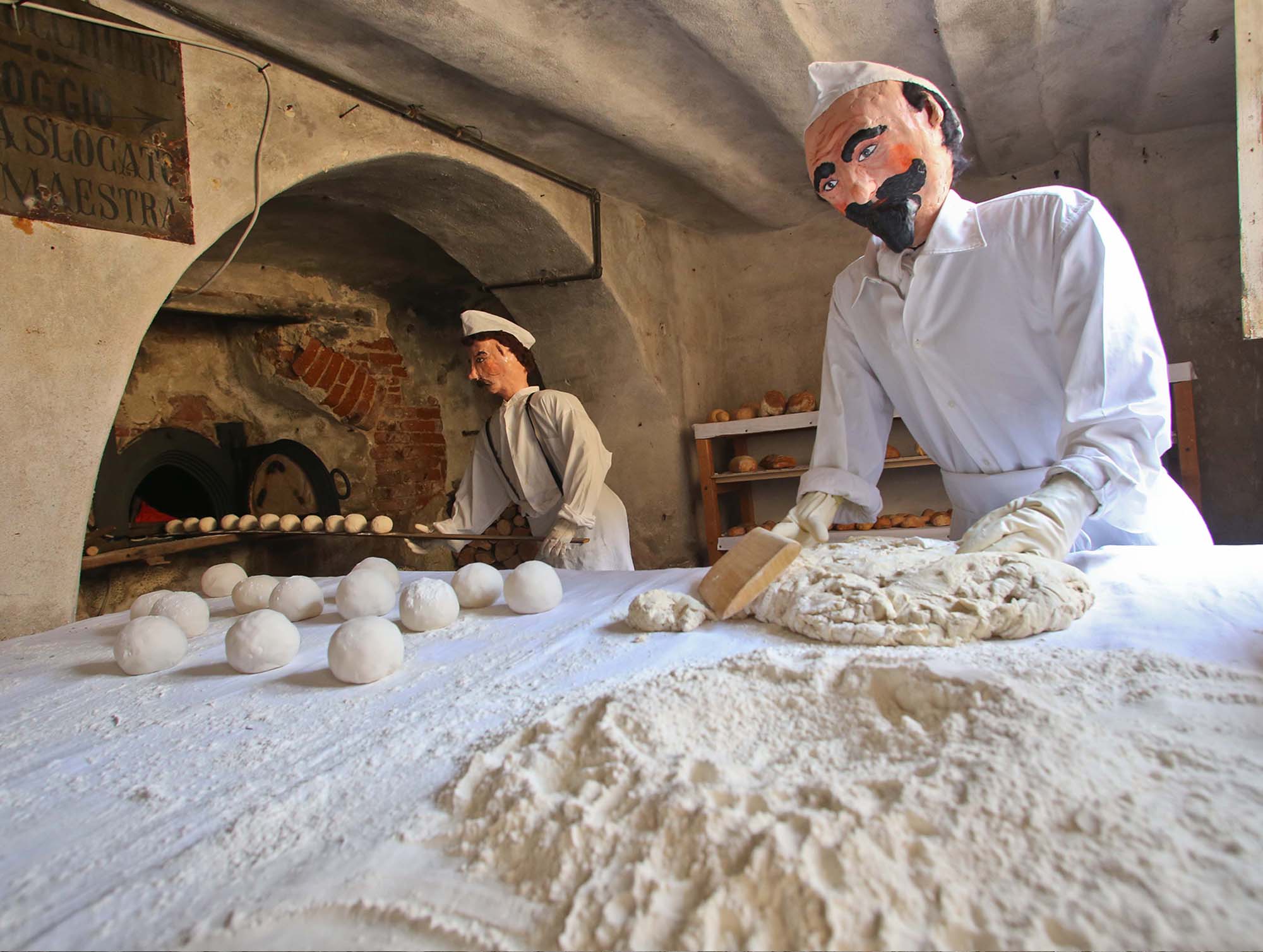
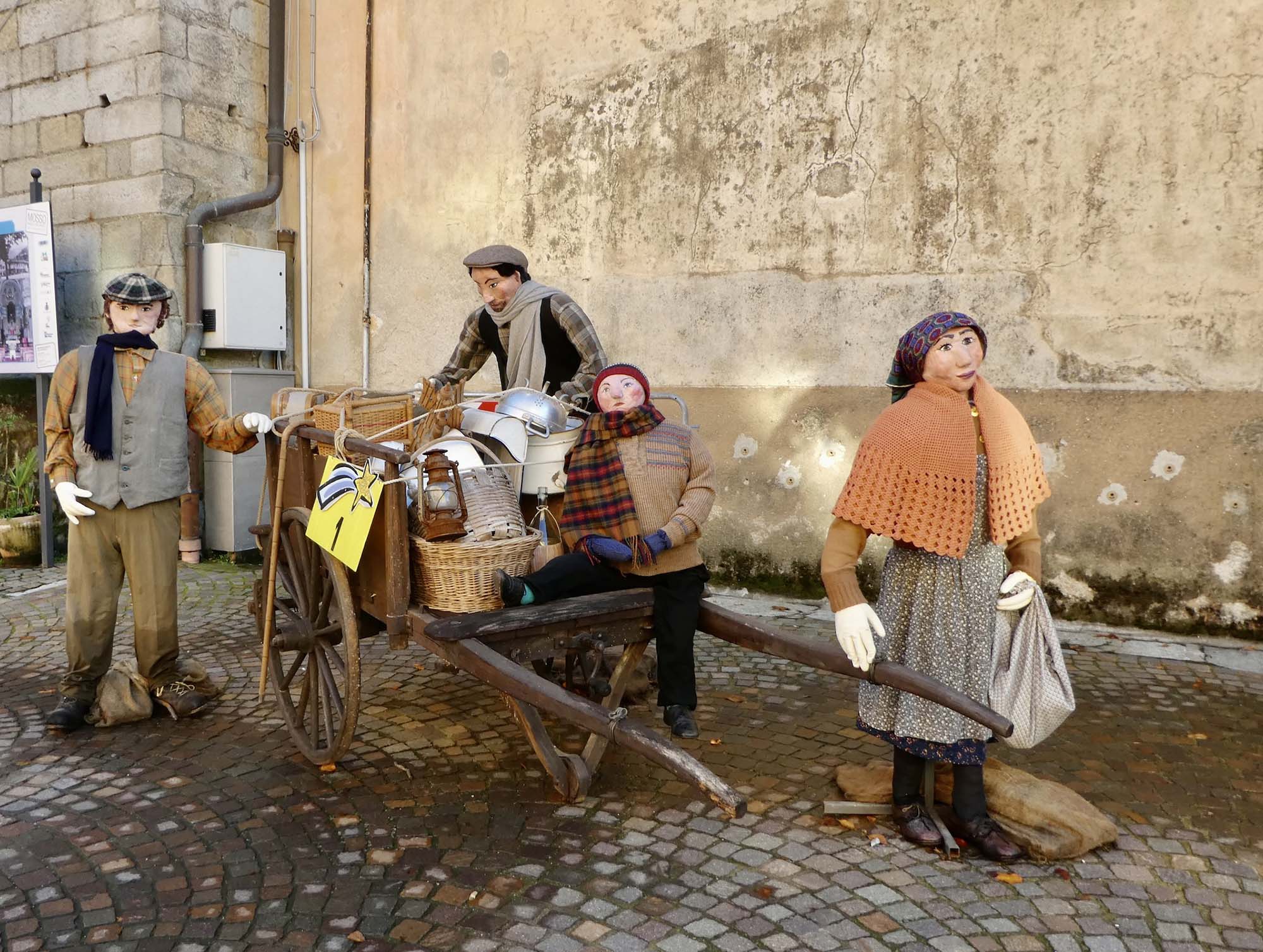
When to Visit the Giant Nativity Scene of Mosso
The nativity scene is usually set up in early December and remains open to visitors until Epiphany. During this period, the village comes alive with events and Christmas-themed activities, including markets, concerts, and religious celebrations, making the atmosphere even more captivating.
Visiting the nativity scene is free of charge, and thanks to its location, it can be combined with a scenic nature walk or a visit to nearby castles and villages.
How to Reach Mosso
Mosso is easily accessible by car, located about 30 minutes from Biella and less than two hours from Turin. The village is well-signposted, and during the Christmas season, parking areas are set up to accommodate the many visitors. The route through the village is simple and well-organized, ensuring a pleasant and stress-free visit!
See you soon!


